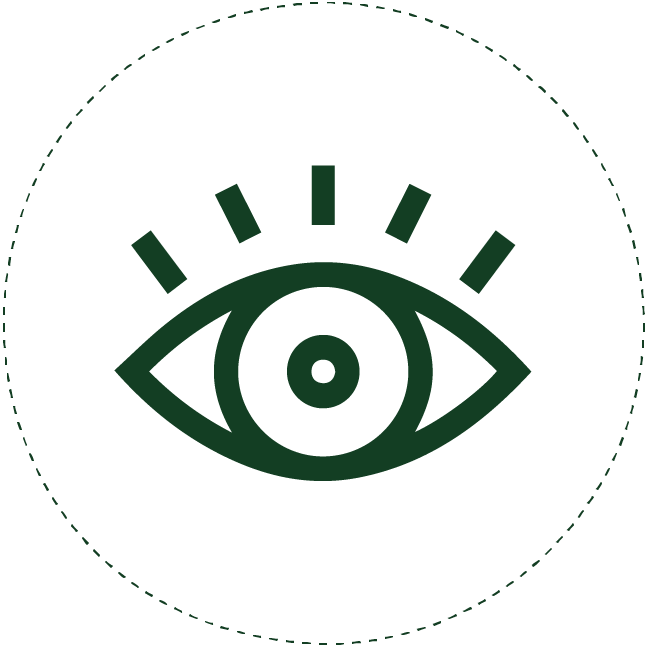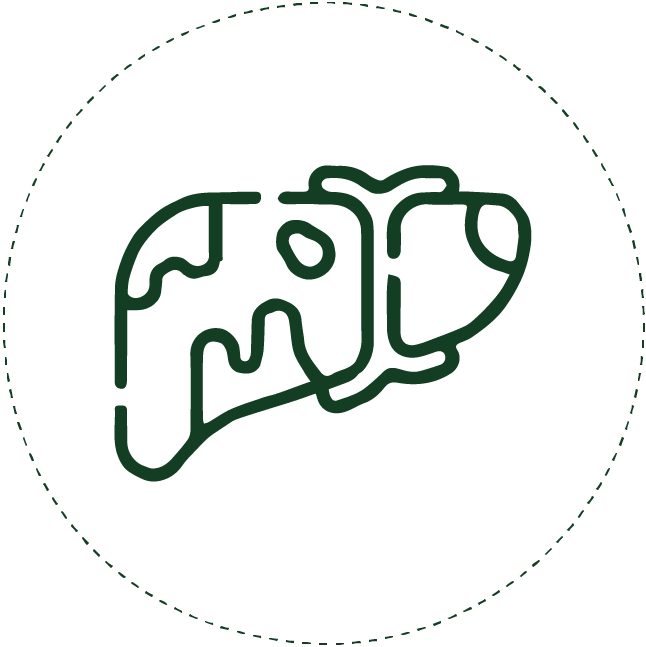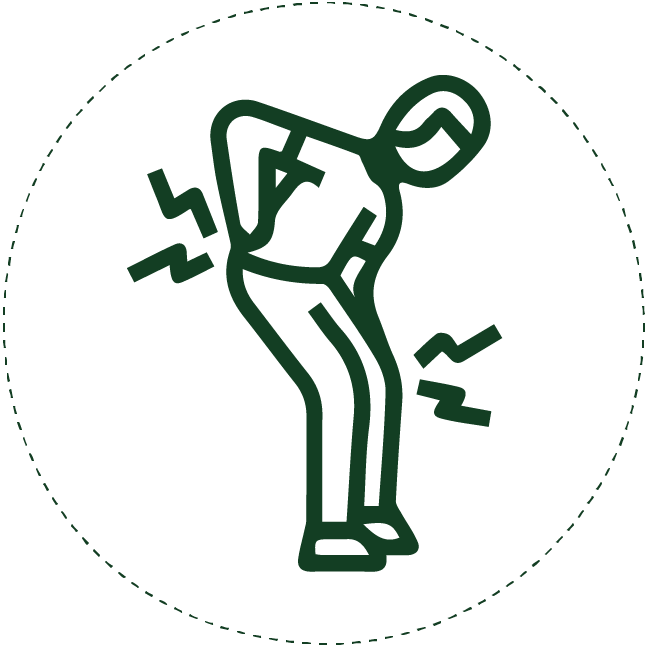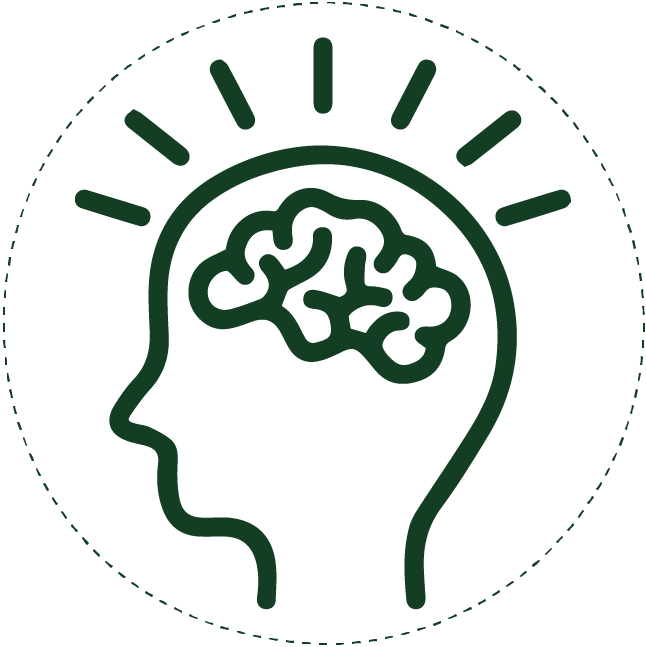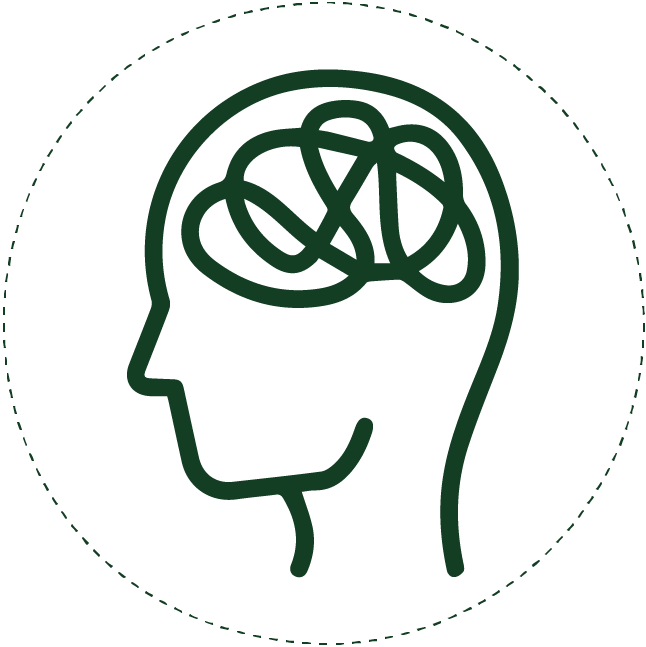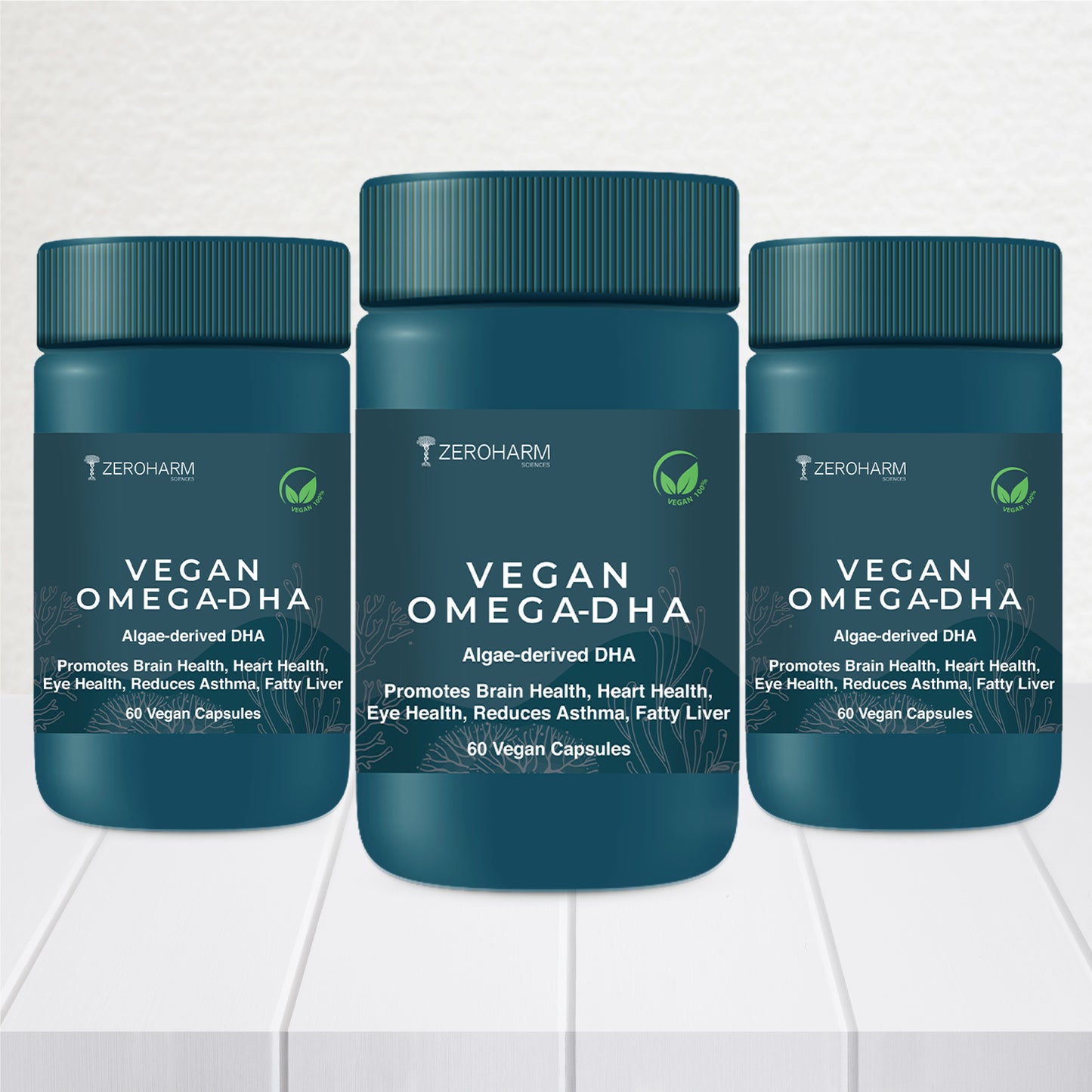
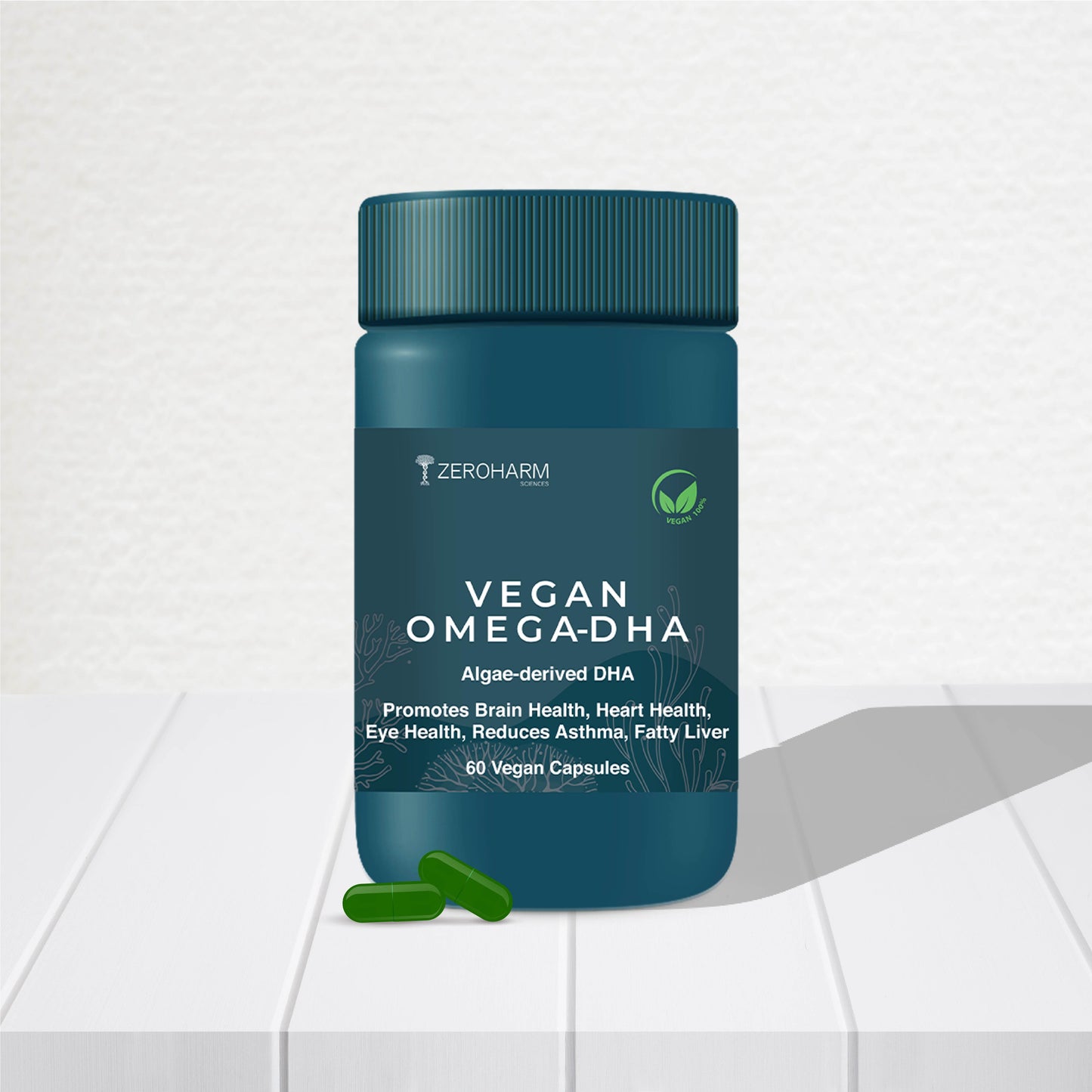
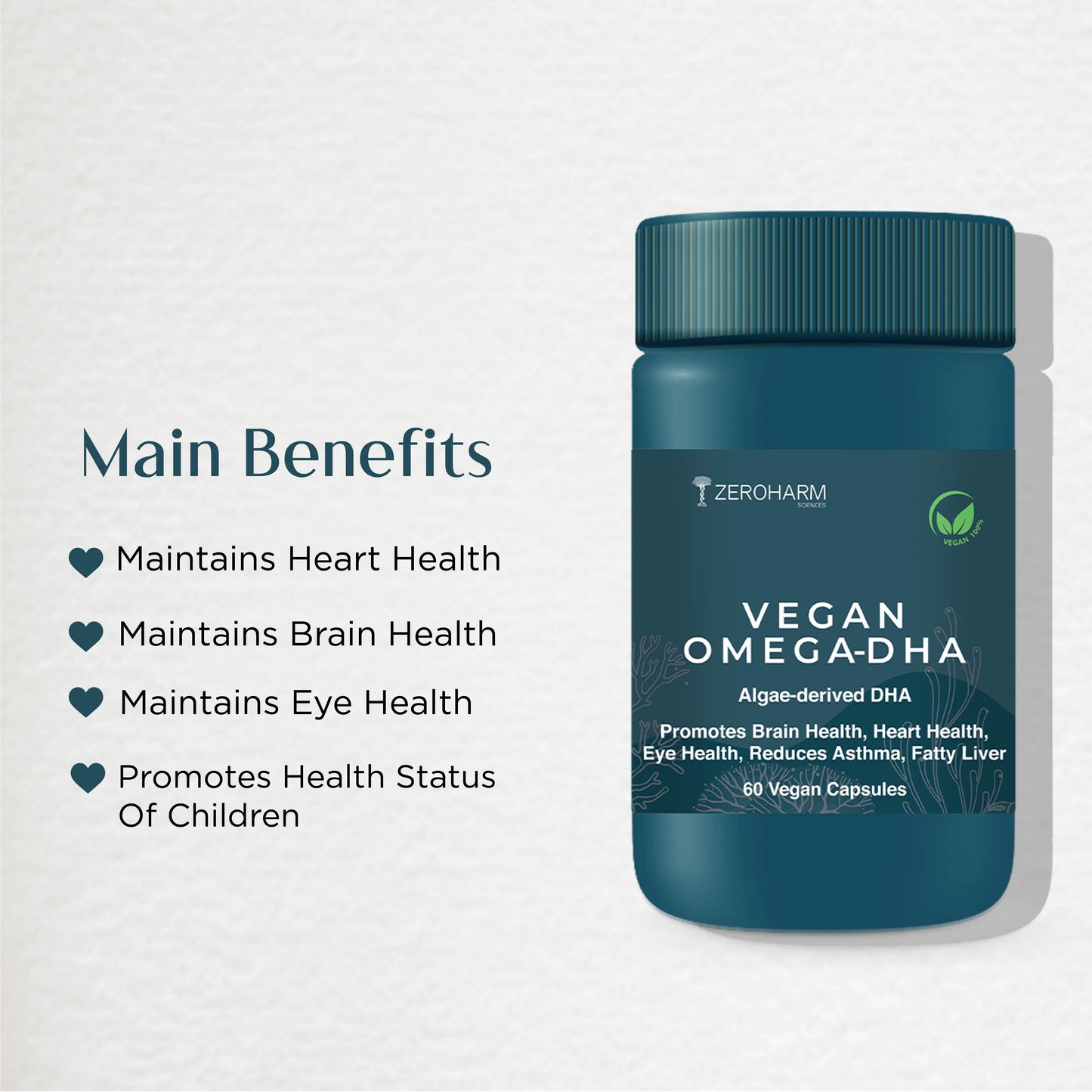
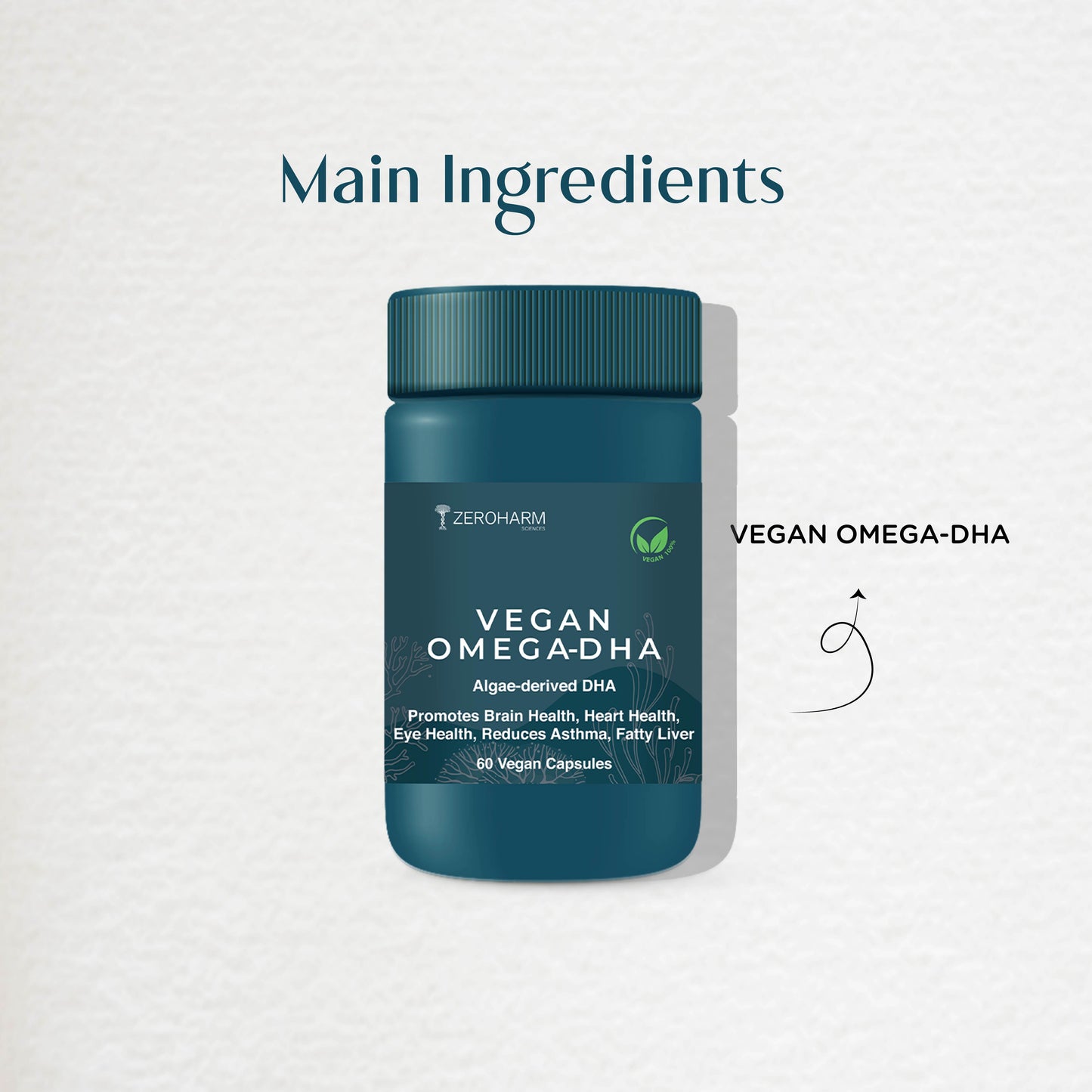

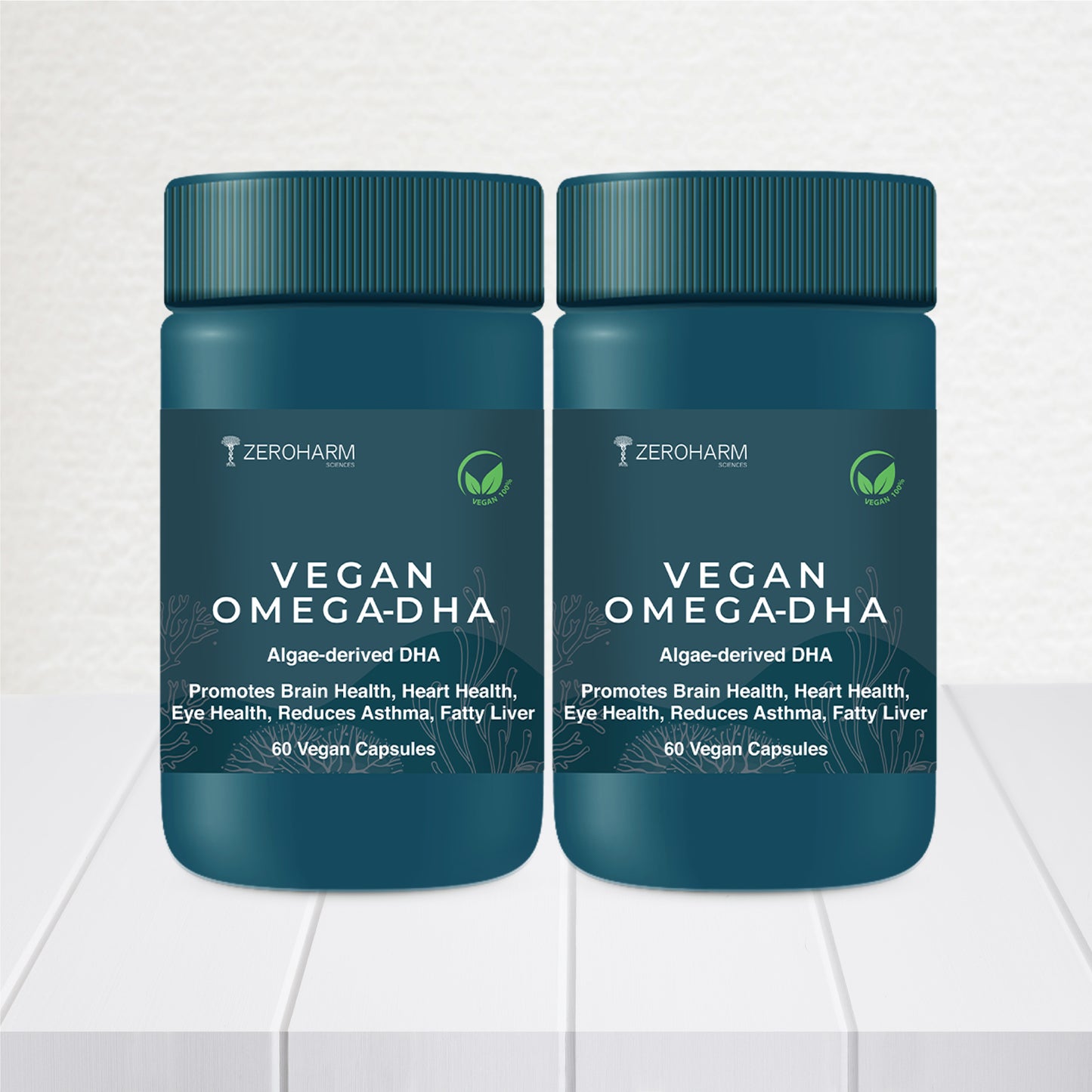
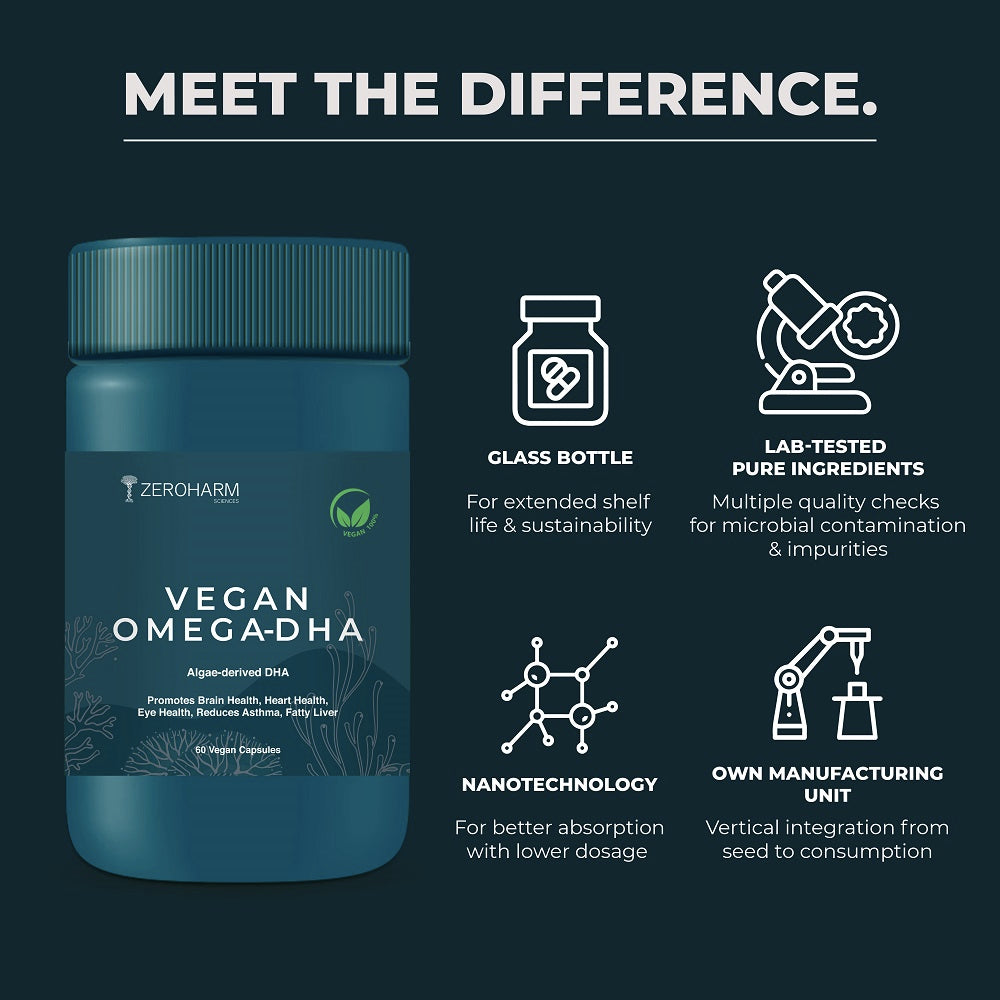
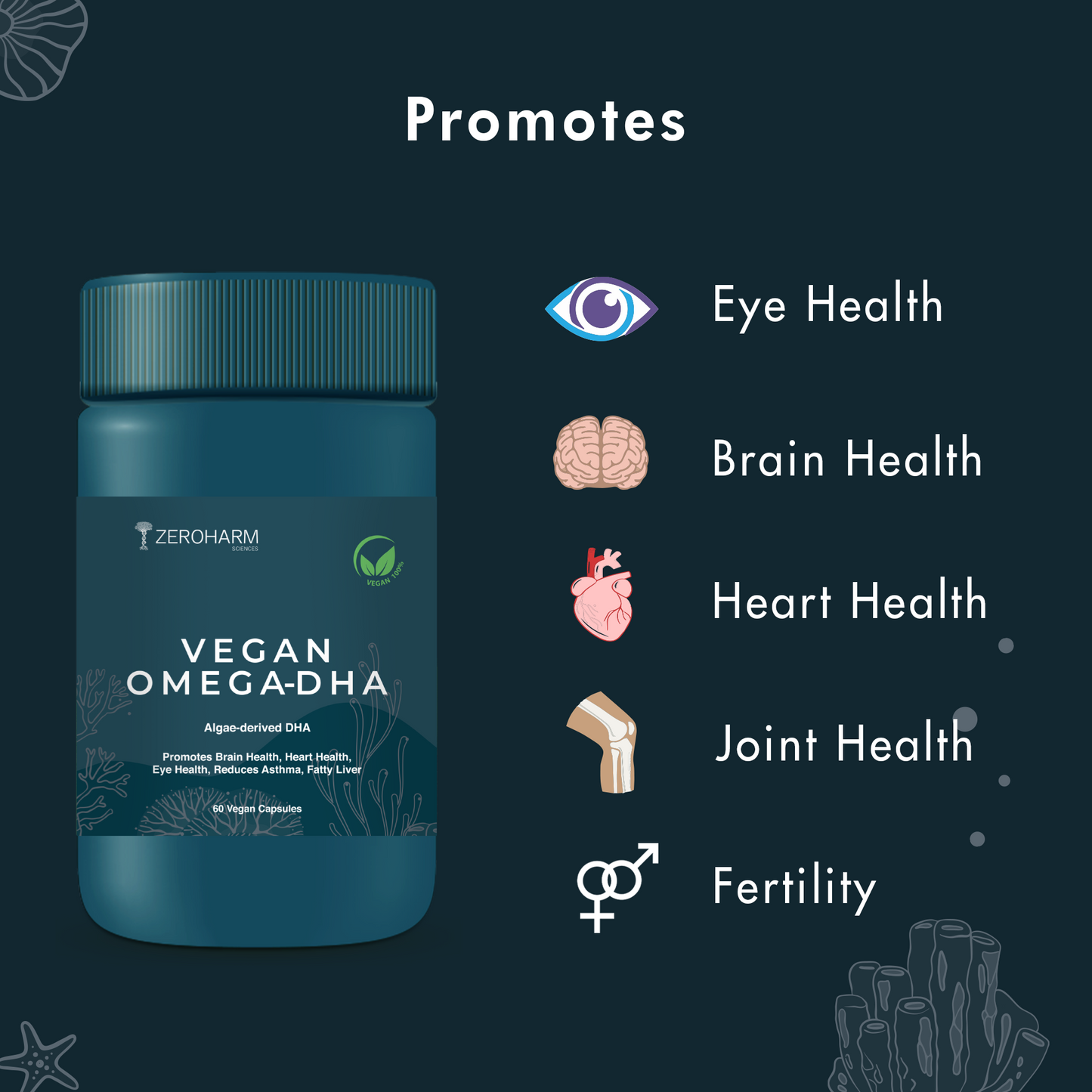
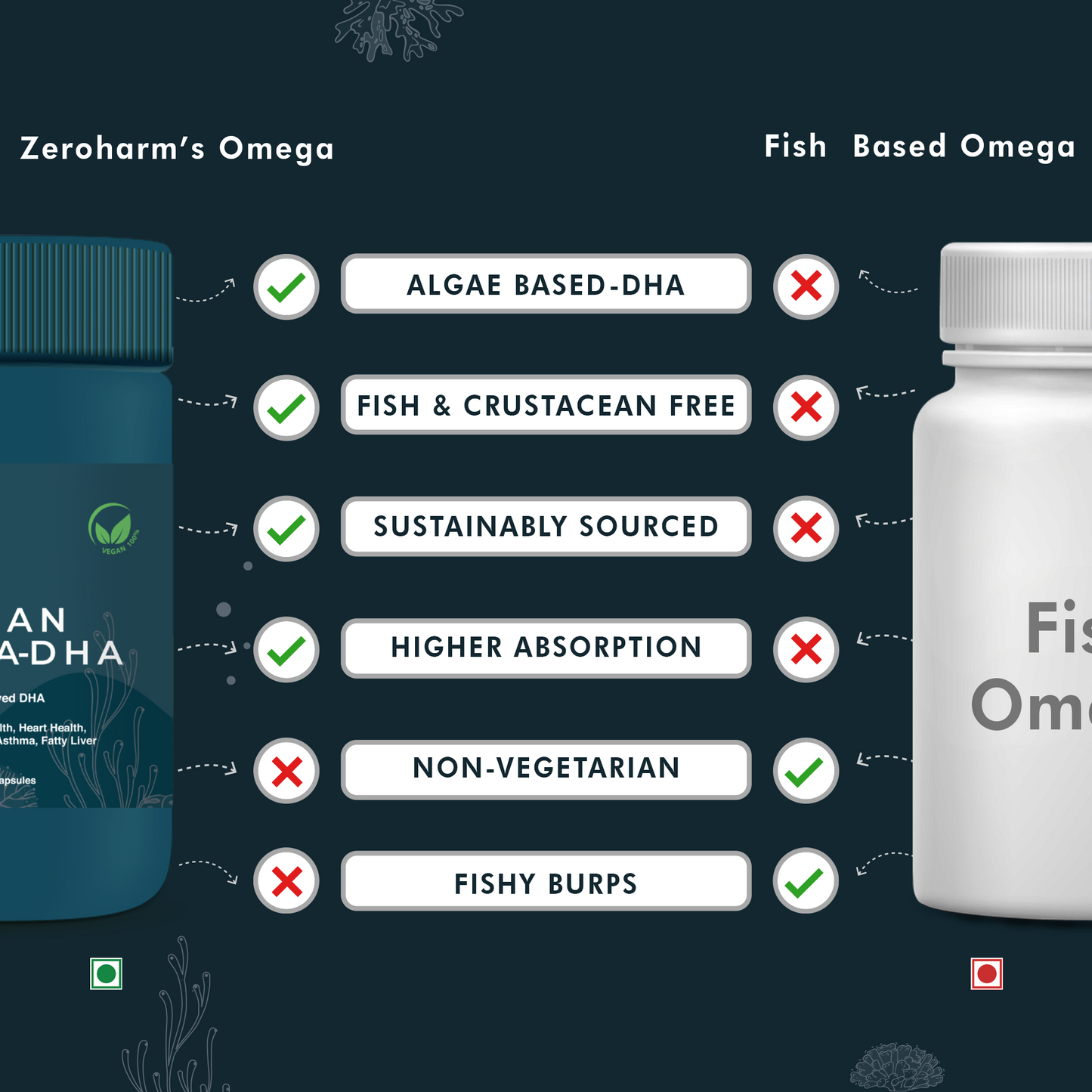
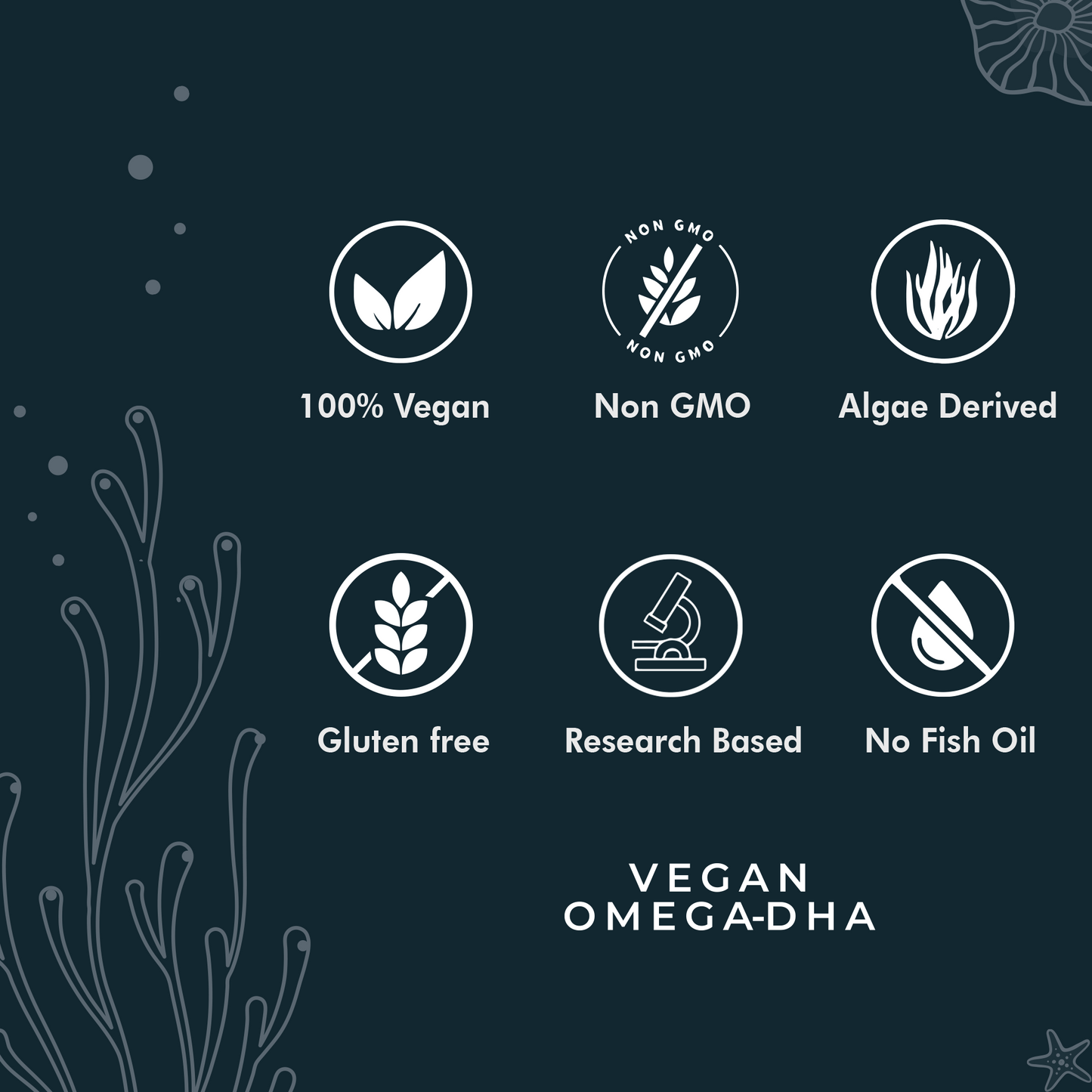
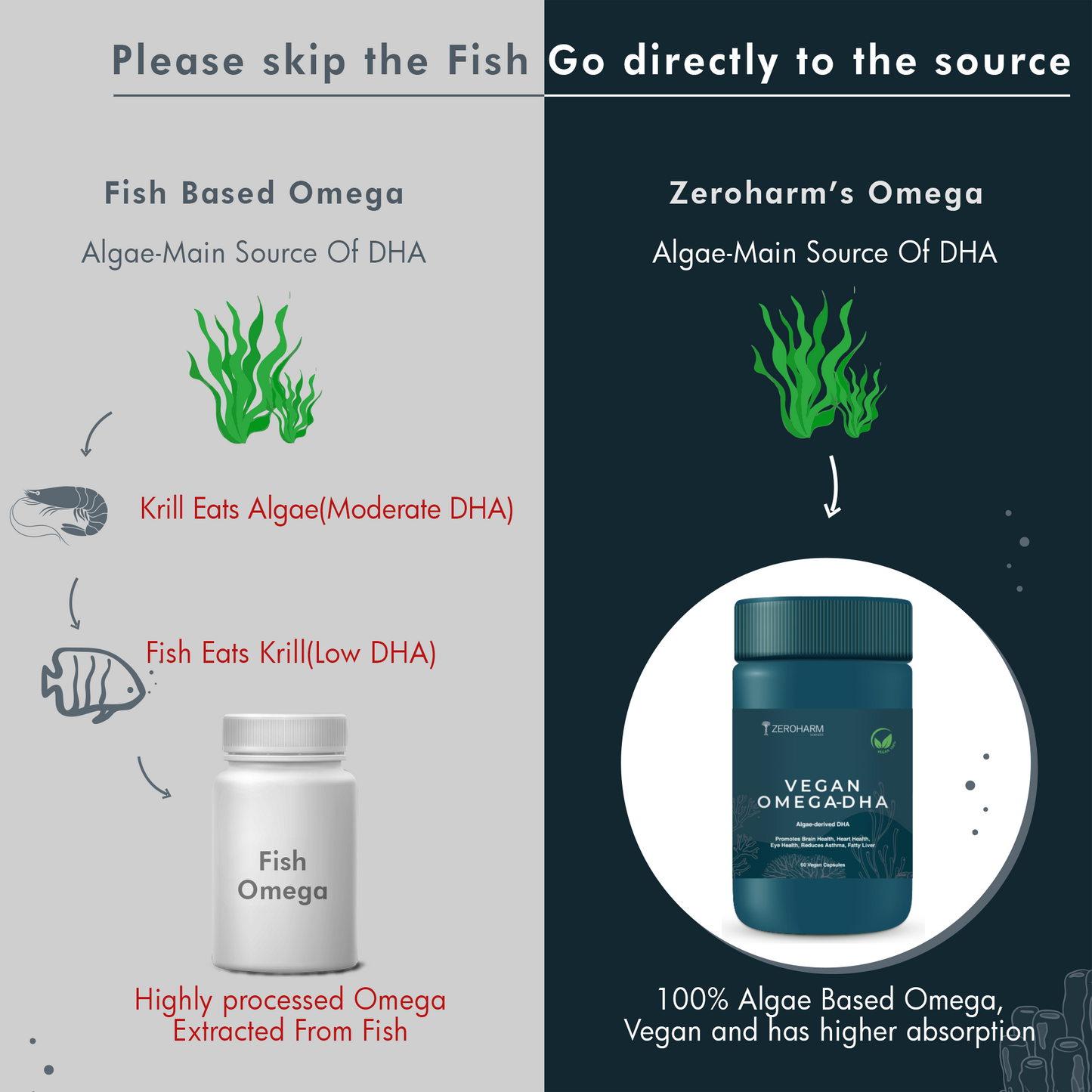
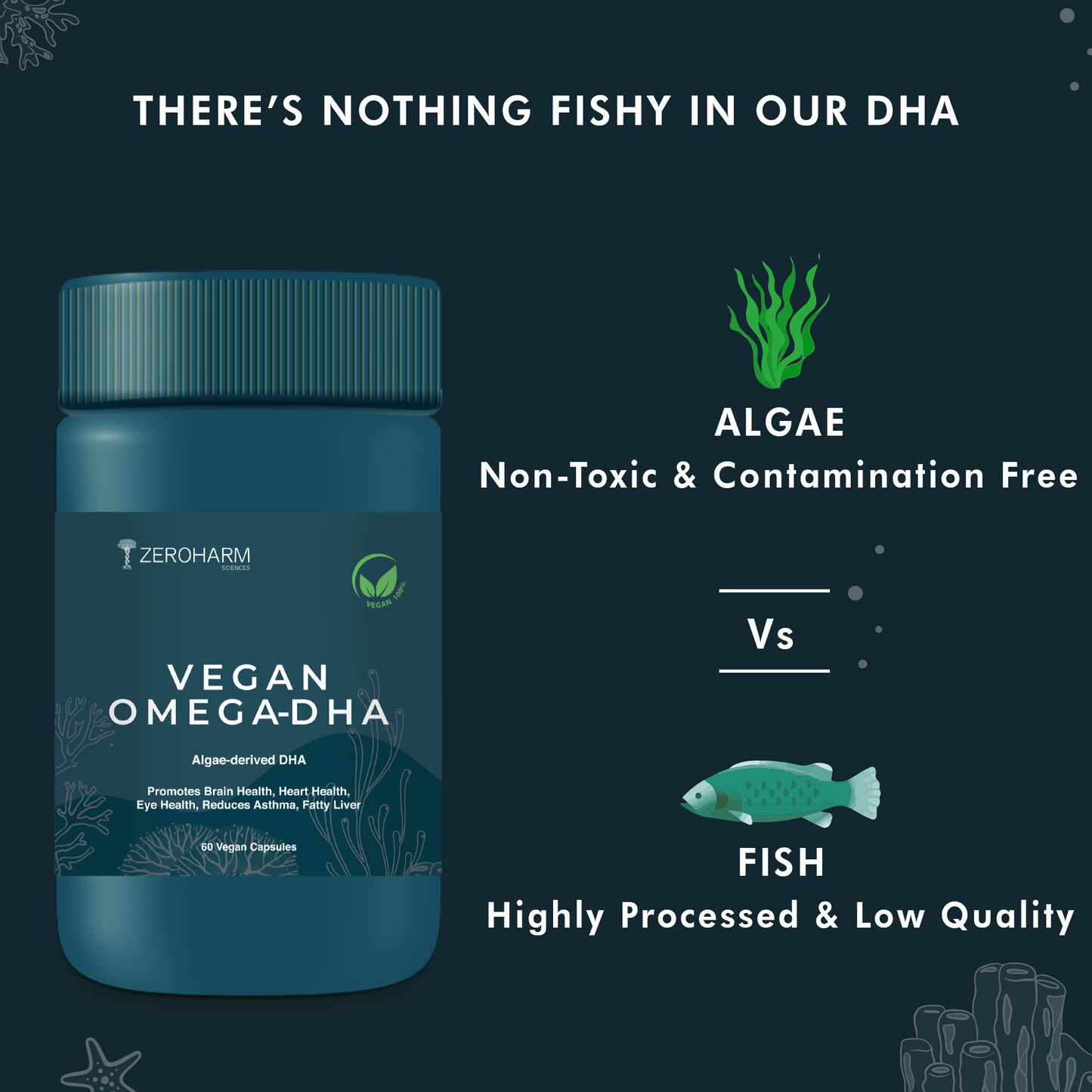
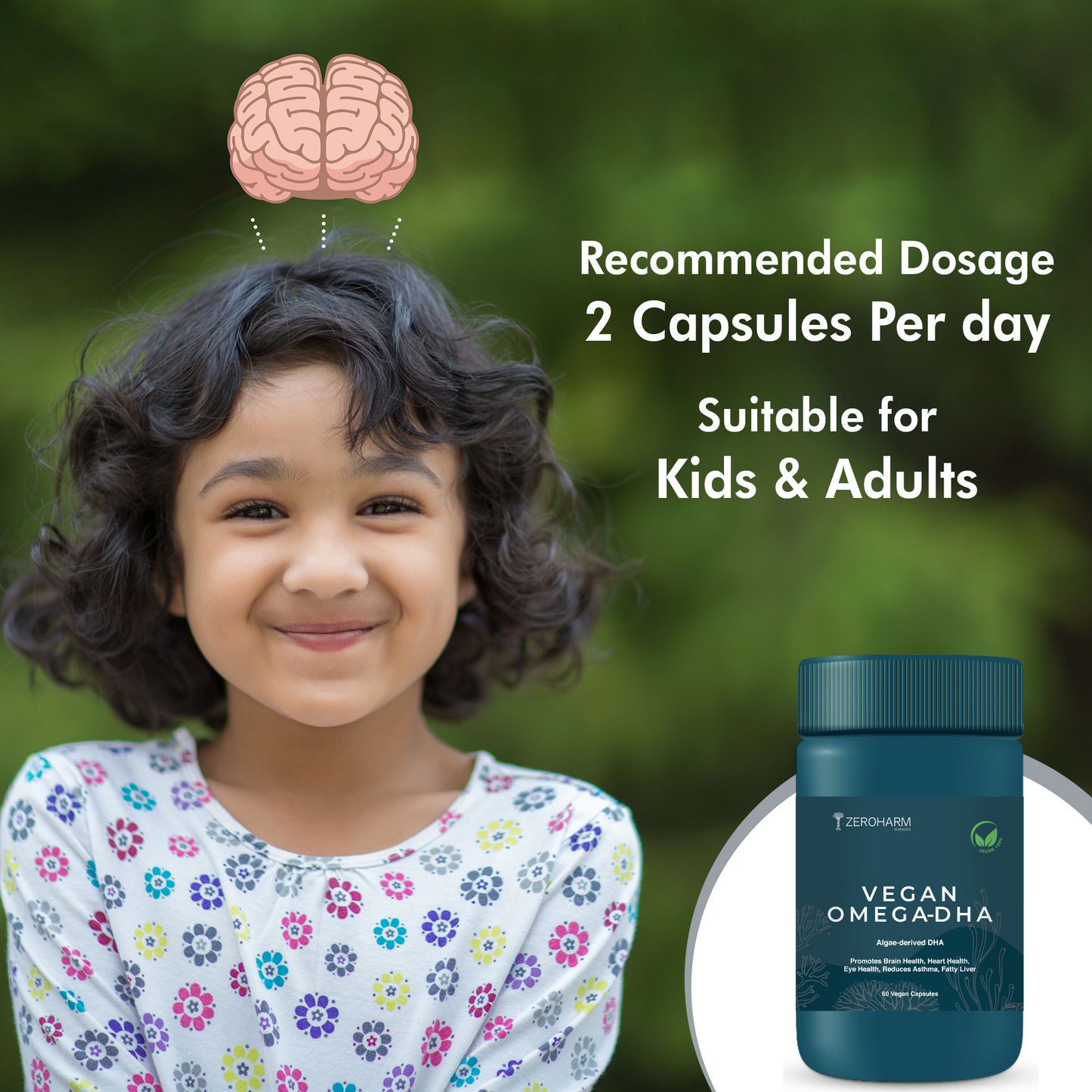
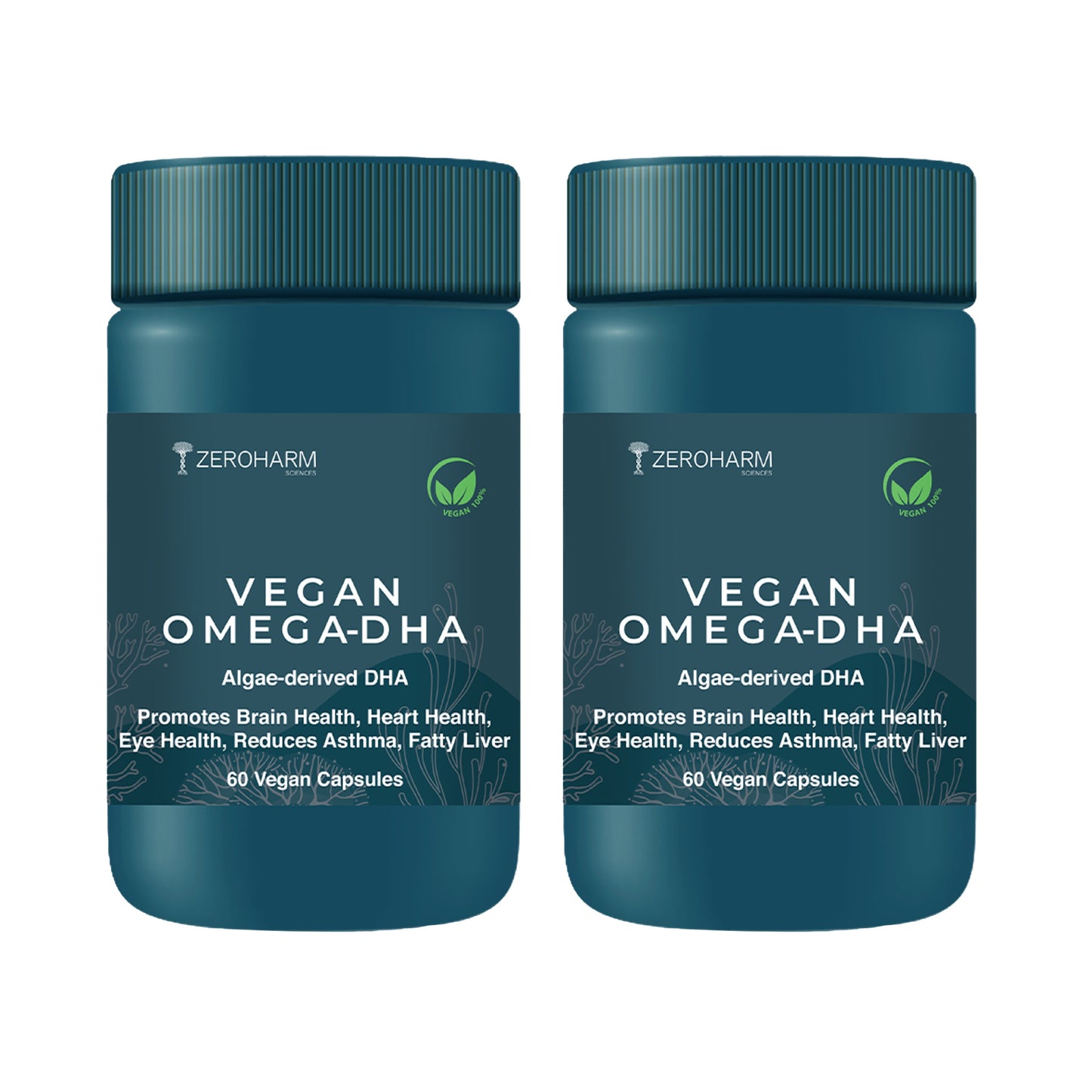
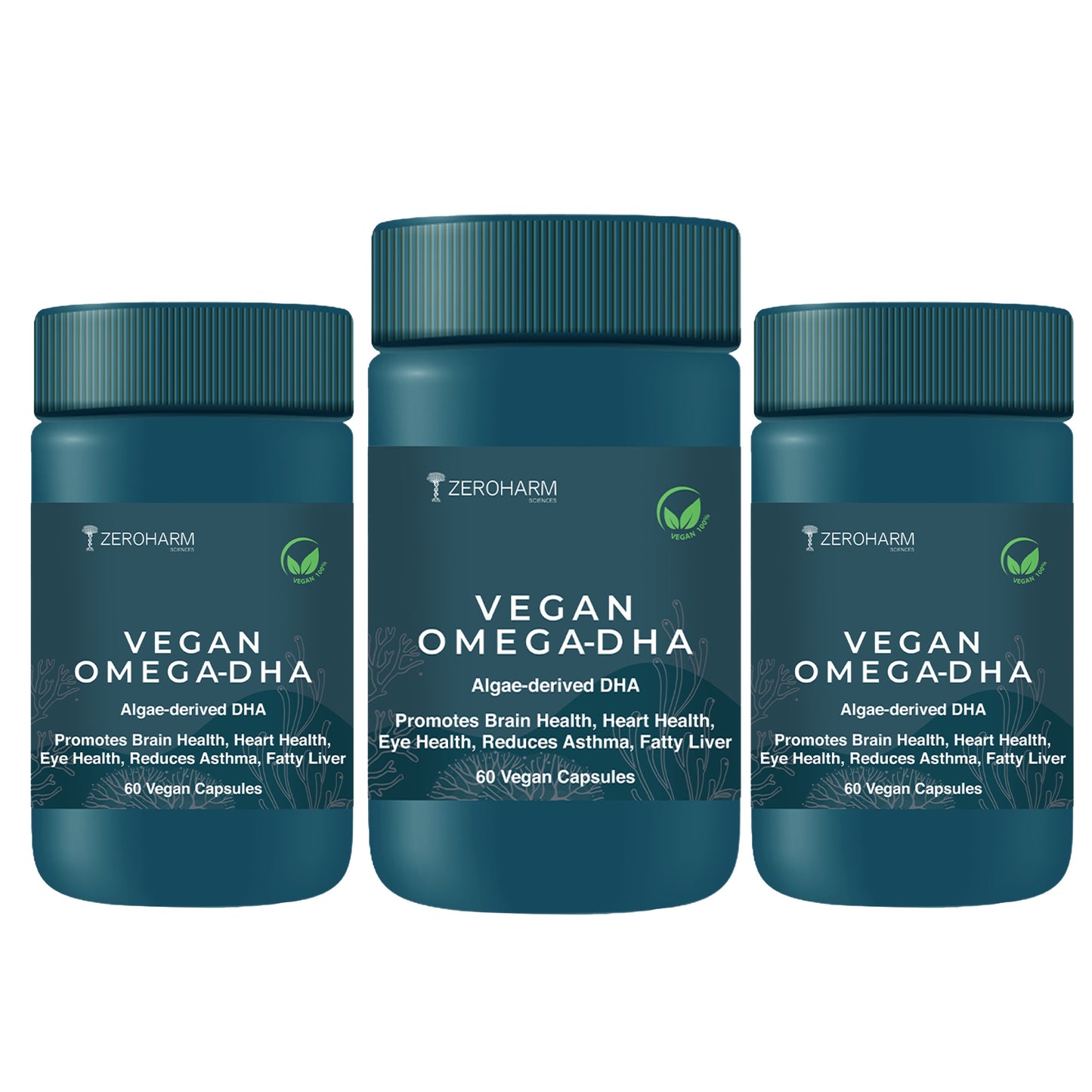
Nature's Purity, Science's Precision
4 Reasons to Buy
Nature-Sourced
Pristine, Wild Grown Ingredients
Aqueous Extraction
Chemical-free herbal extract process
Nano-Potent Boost
Enhanced ingredient solubility & absorption
Protected Packaging
Glass bottles for preserved potency








Ingredients
100% of ingredients Made Traceable showcasing each supplier and final place of manufacturing for all active and other ingredients, because not all ingredients are created equal.
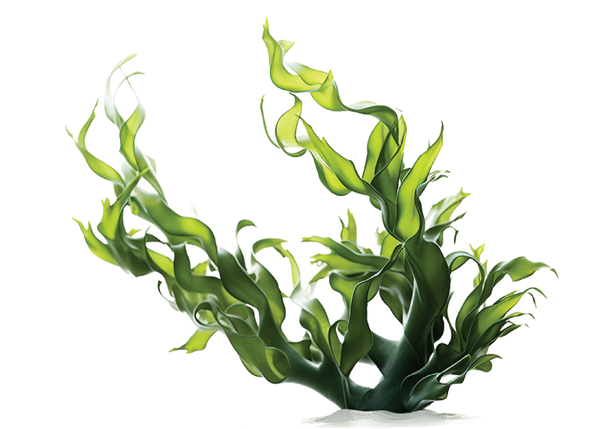
Why Zeroharm Supplements Are The Best?
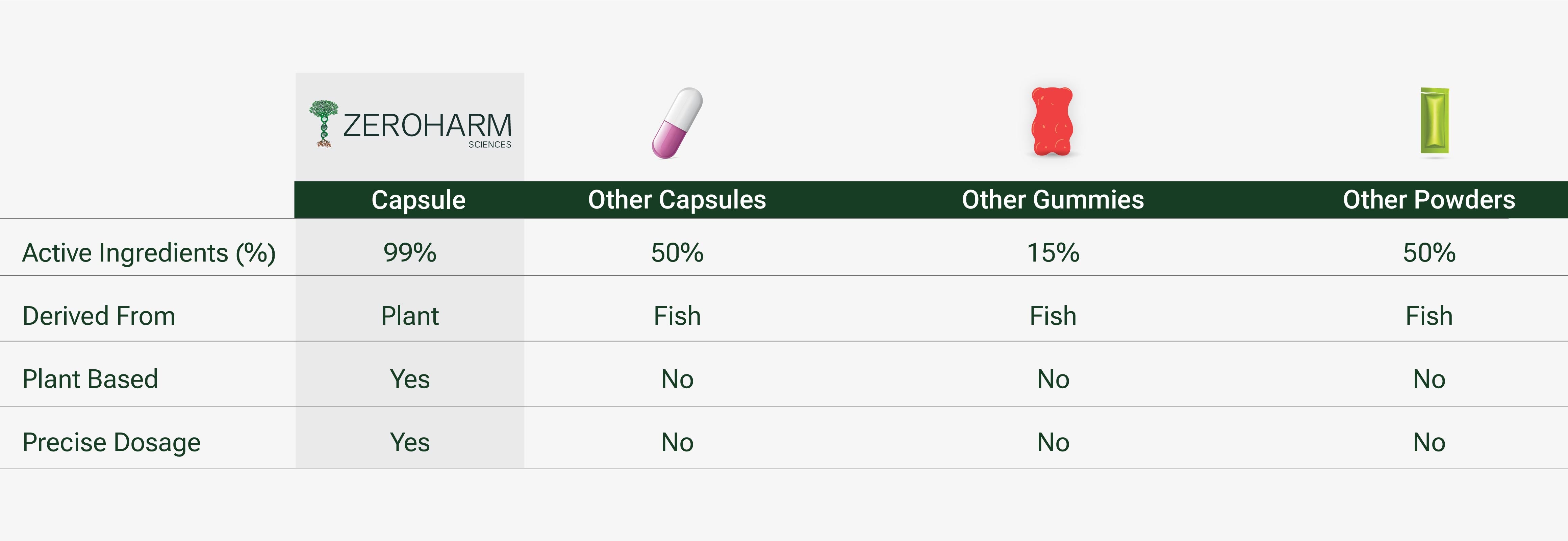
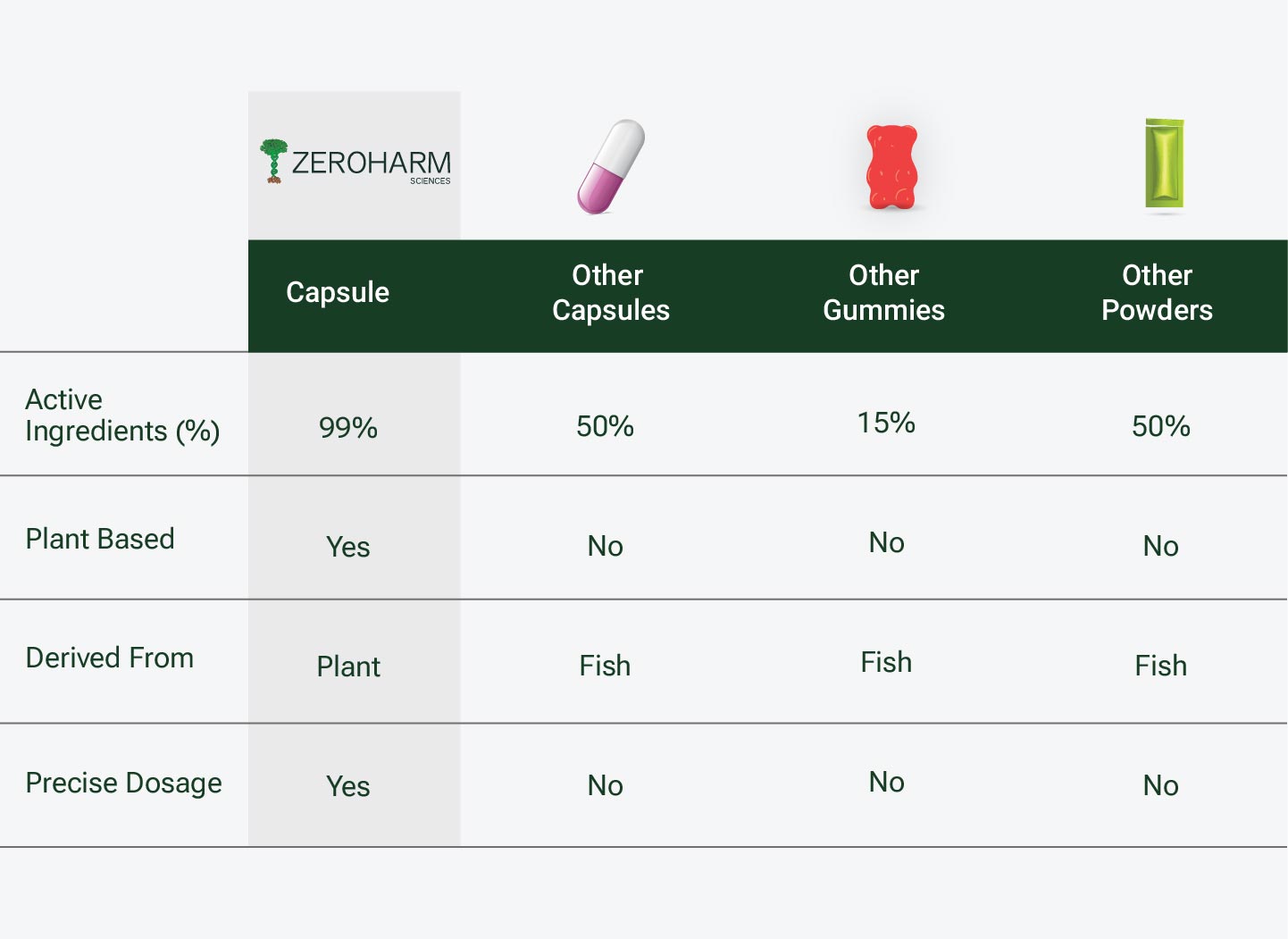
Consumer Studies
What to Expect
Month 1
Reduces Skin irritation and dryness
Enhanced skin integrity, preventing dryness and irritation with Omega-3.
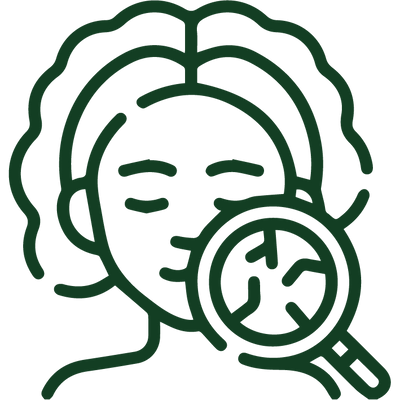
Month 2
Improves eye health
Omega-3 supports eye moisture and health, improving vision.
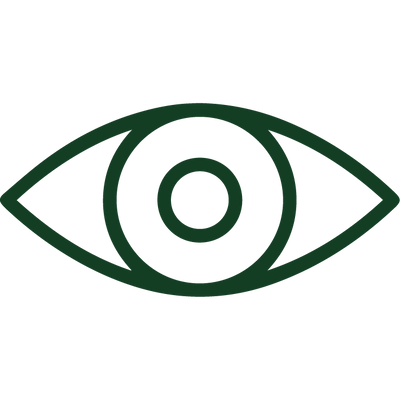
Month 3
Improves concentration and memory
DHA in Omega-3 aids concentration and memory, benefiting cognitive functions.

Frequently asked questions (FAQs)
What are Vegan Omega 3 Capsules With Algae Derived DHA?
These capsules contain Docosahexaenoic acid (DHA), an essential omega-3 fatty acid, derived from marine microalgae Schizochytrium sp. They are a 100% vegetarian and natural dietary supplement used to support the normal growth and functioning of humans. These capsules are suitable for children, adults, pregnant and lactating mothers, promoting overall health status.
What are the Key Ingredients and Their Benefits?
The key ingredient is Vegan Omega-DHA (Algal DHA Powder from marine microalgae Schizochytrium sp.), 400 mg. This ingredient is crucial for maintaining healthy brain function, supporting cardiovascular health, and promoting eye health.
What is the Nutritional Value of the Capsules?
Each capsule provides 2.04 Kcal of energy, 0.3 mg of protein, 0.14 g of carbohydrates, 7.5 mg of dietary fiber, and 0.16 g of fat.
How Should I Take These Capsules?
The recommended dosage is two capsules per day or as directed by your healthcare professional.
Who Will Benefit from These Capsules?
Individuals seeking a plant-based source of Omega-3, especially those allergic to fish or preferring vegetarian options, will benefit. It's also beneficial for those looking to enhance brain function, heart health, and eye health.
Are There Any Side Effects?
Being plant-based and naturally sourced, these capsules typically have minimal side effects. However, those with allergies, pregnant, lactating, or under medical treatment should consult their healthcare provider.
Can I Take These Capsules Alongside My Regular Diet?
Yes, these capsules can be taken as part of your regular diet. However, for optimal health benefits, it's recommended to maintain a balanced diet, rich in fruits, vegetables, and whole grains.
Is This Supplement Suitable for Everyone?
While it's suitable for most adults, individuals with specific health conditions, pregnant or lactating women, and those with food allergies should consult a healthcare provider before use.
How Long Should I Use the Product to See Results?
Results vary individually. Consistent use as per the recommended dosage is crucial. It's advisable to use the product for 3-4 months to fully gauge its effectiveness.

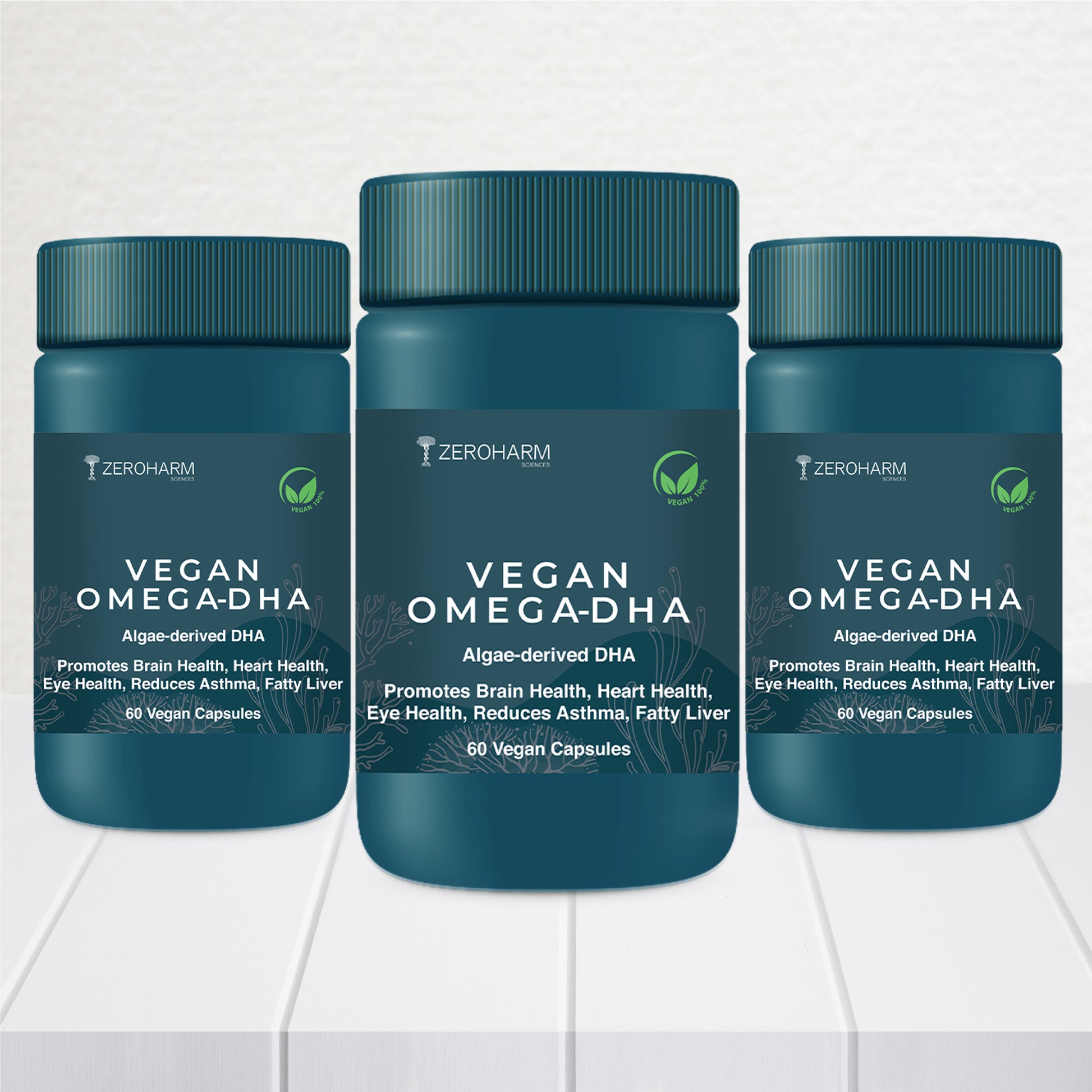
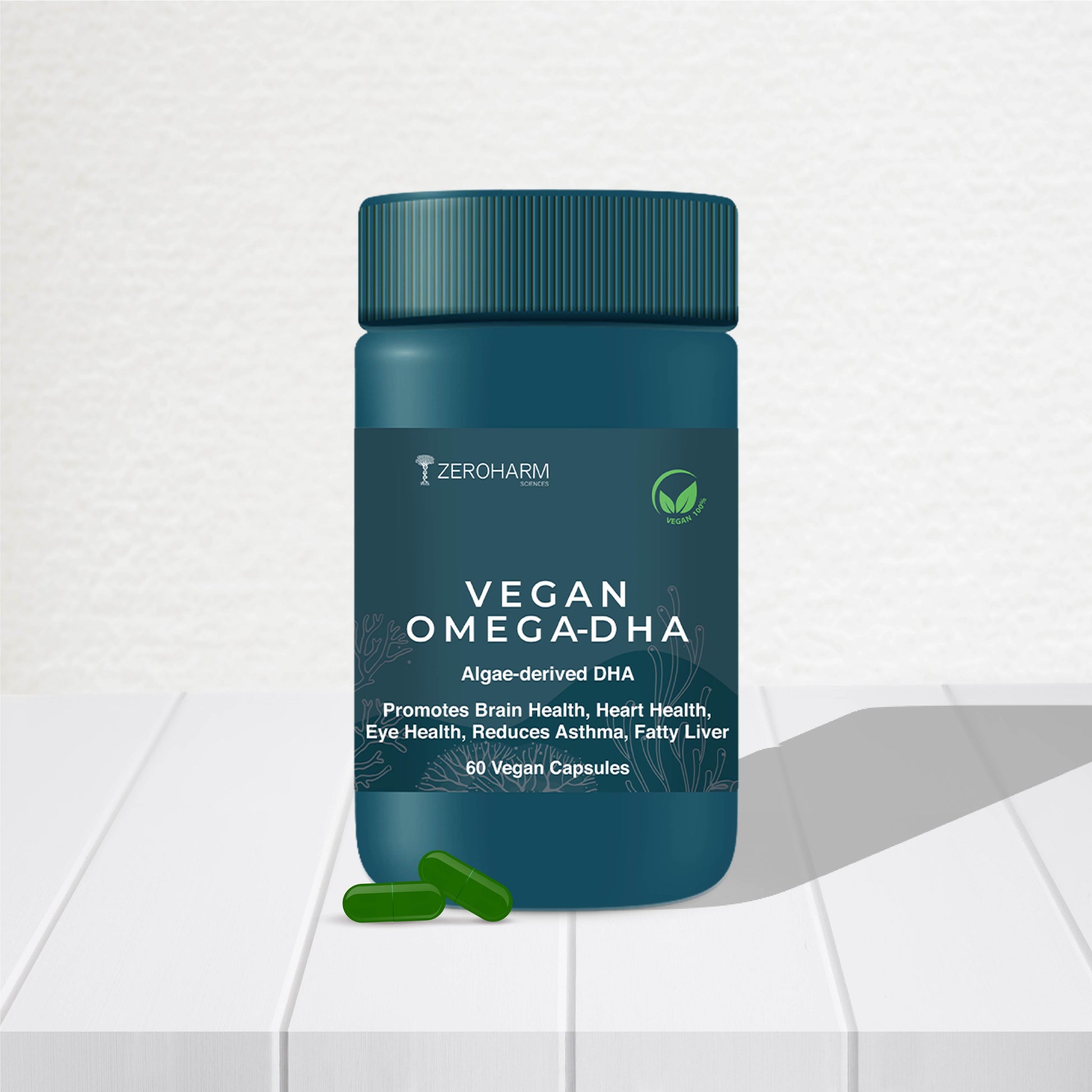
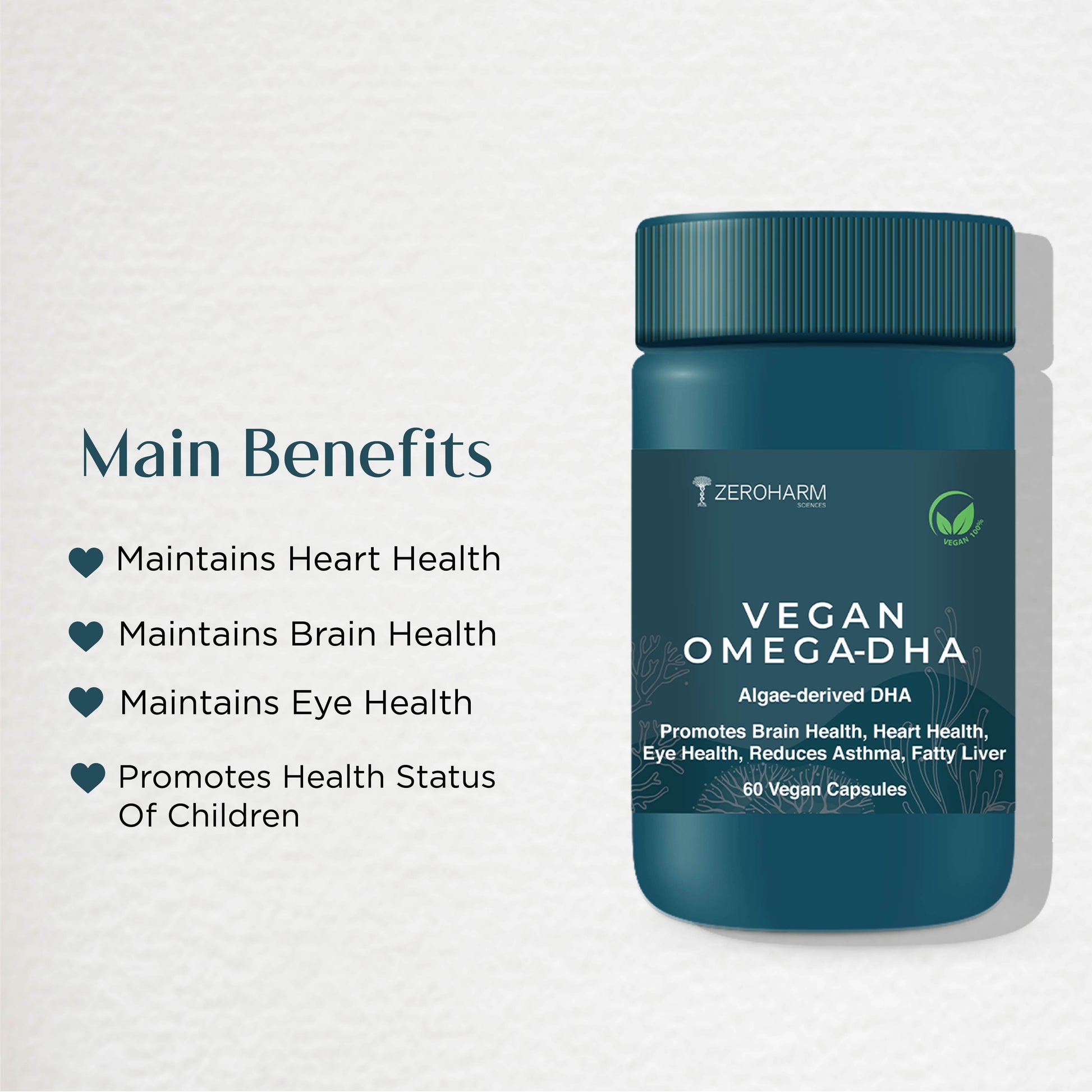
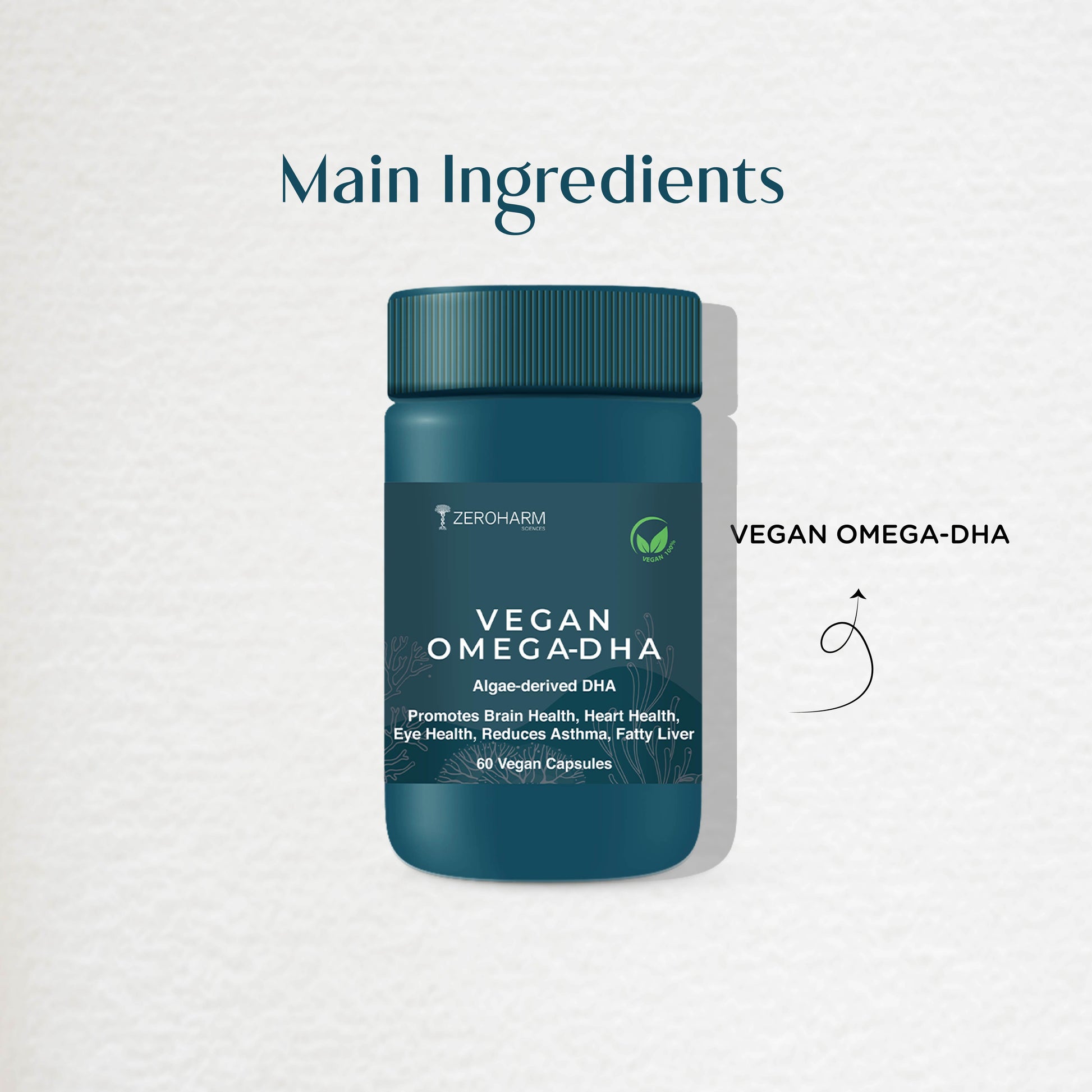

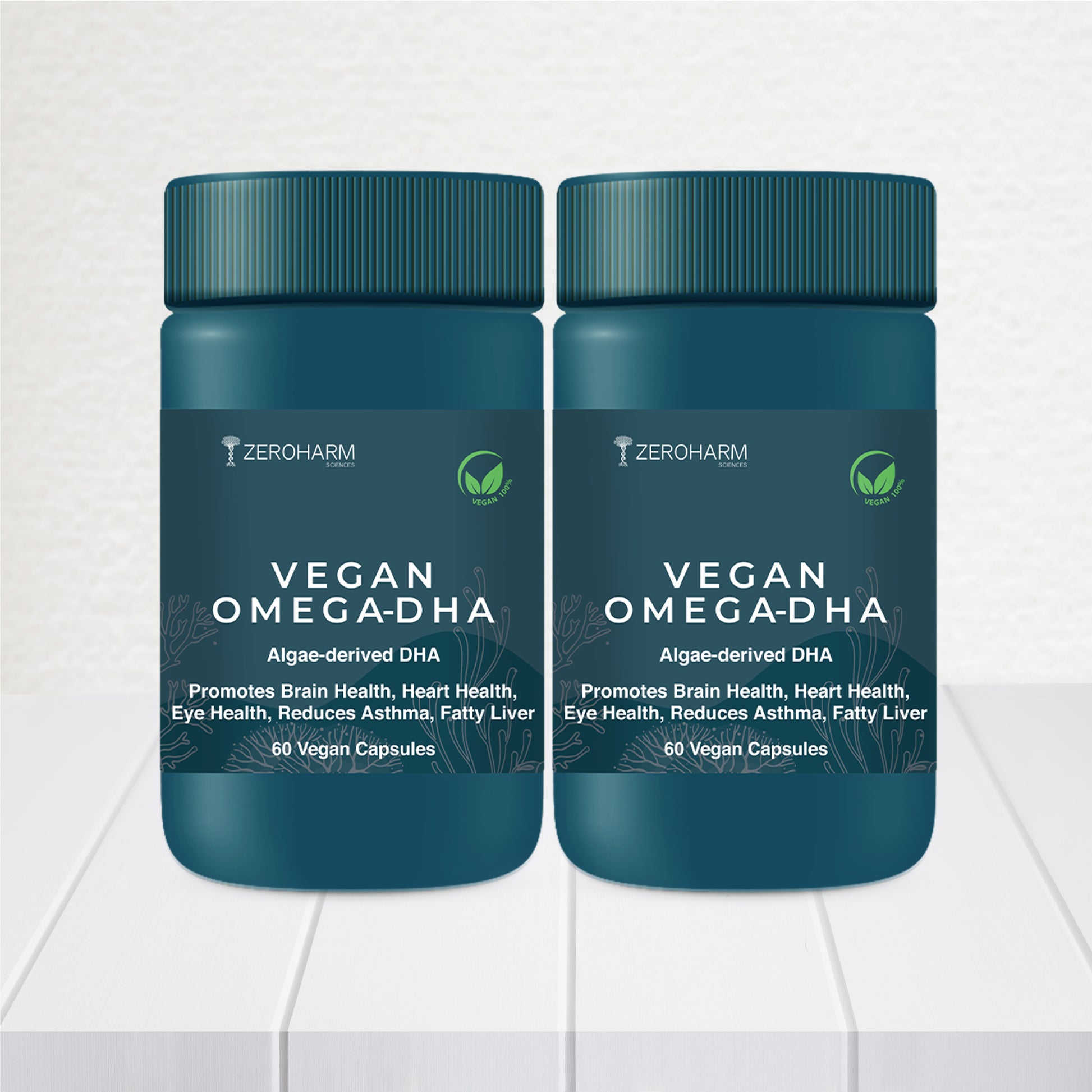
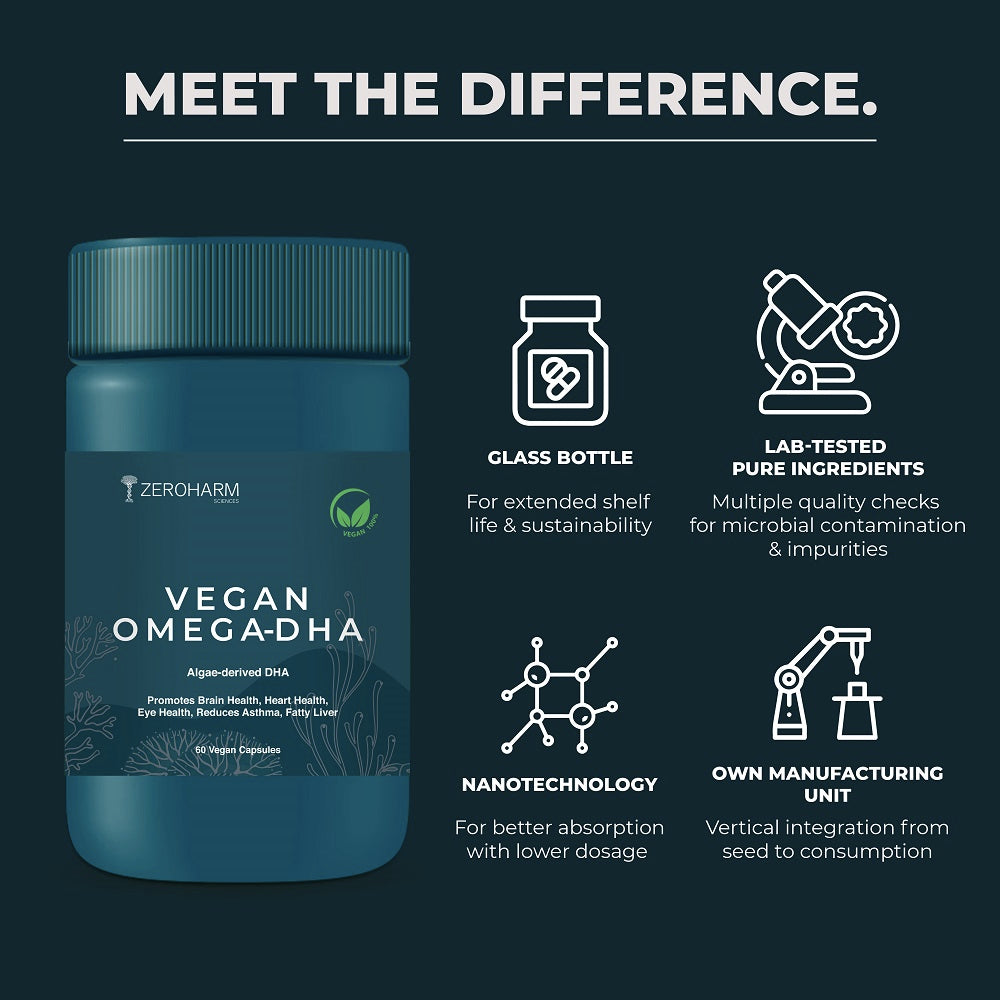
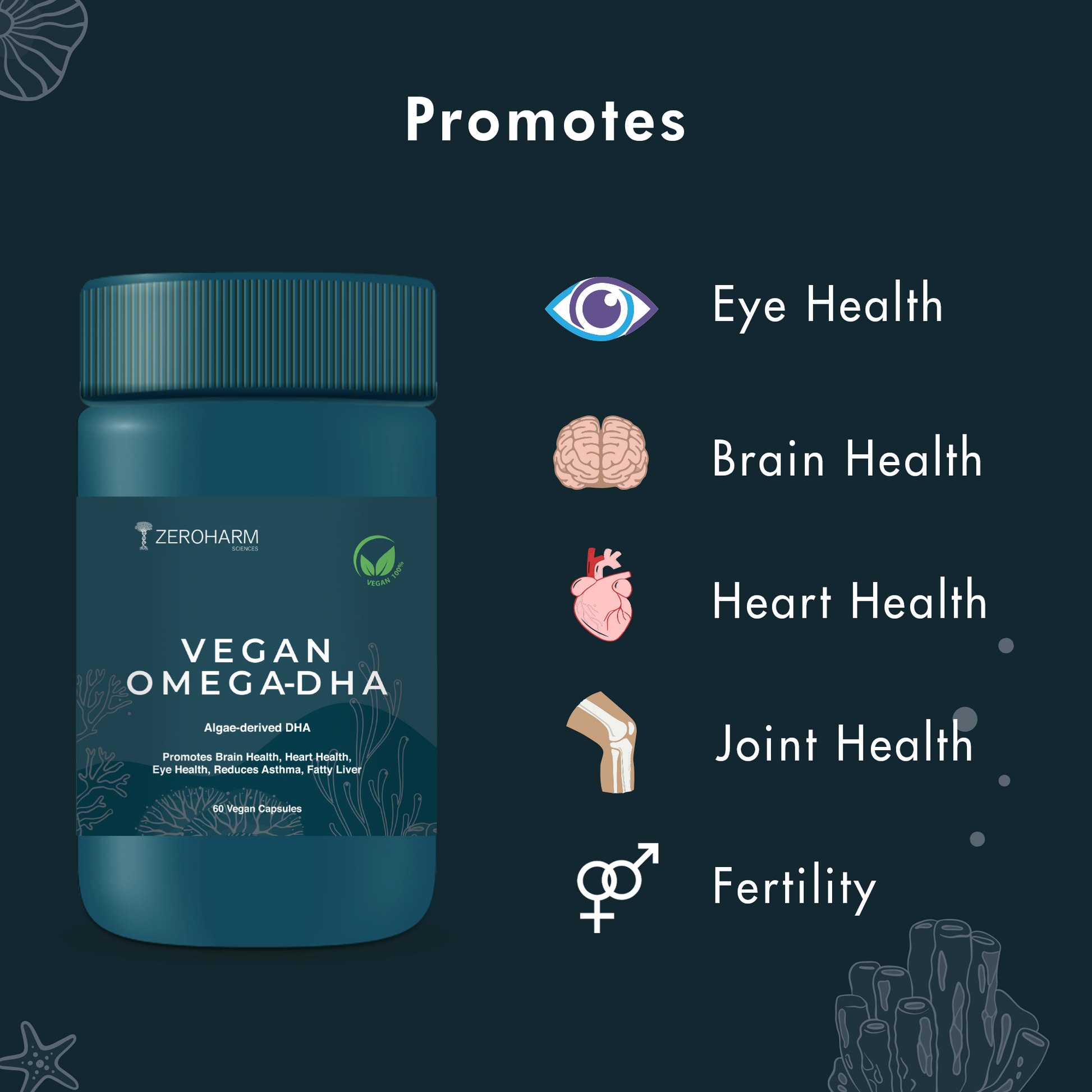
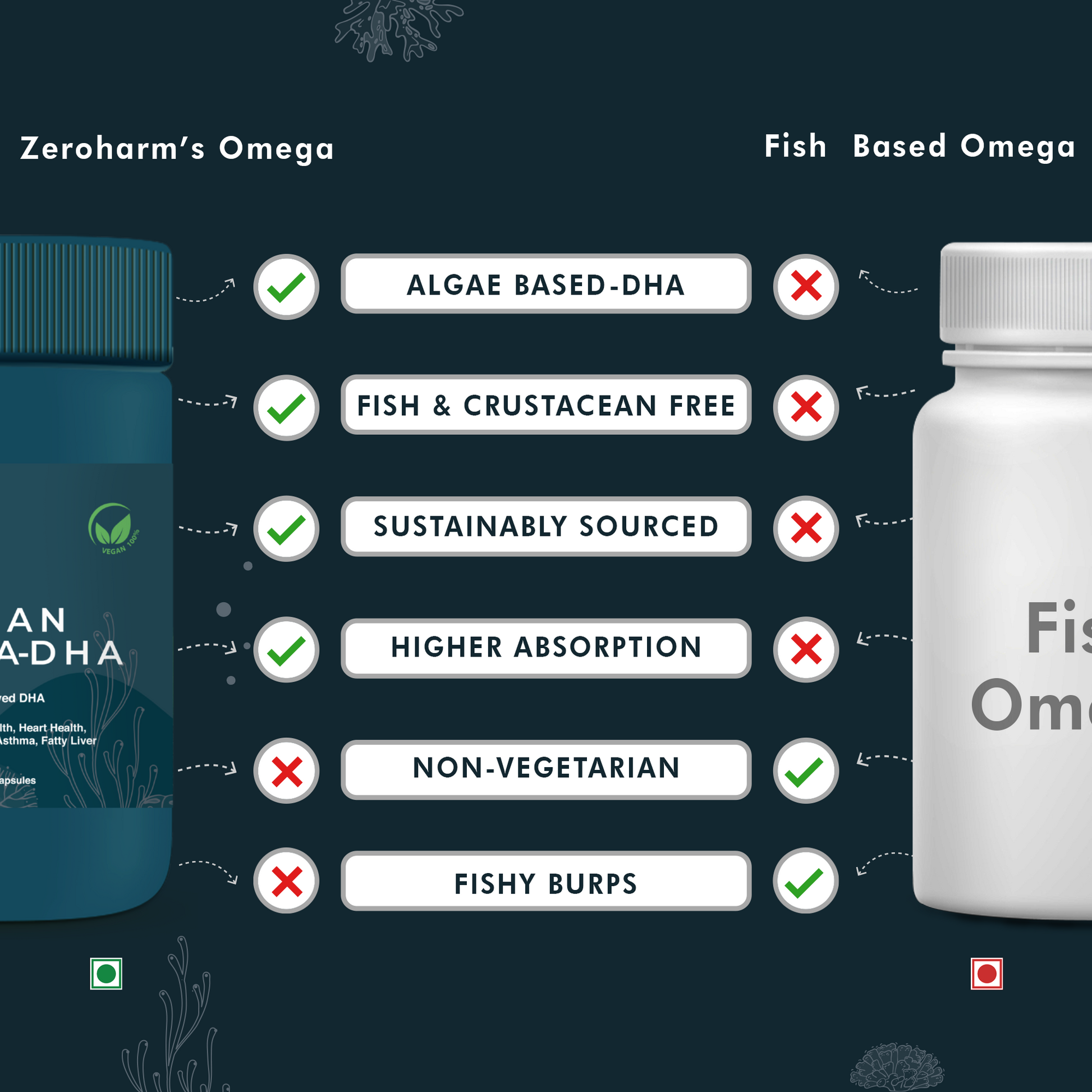
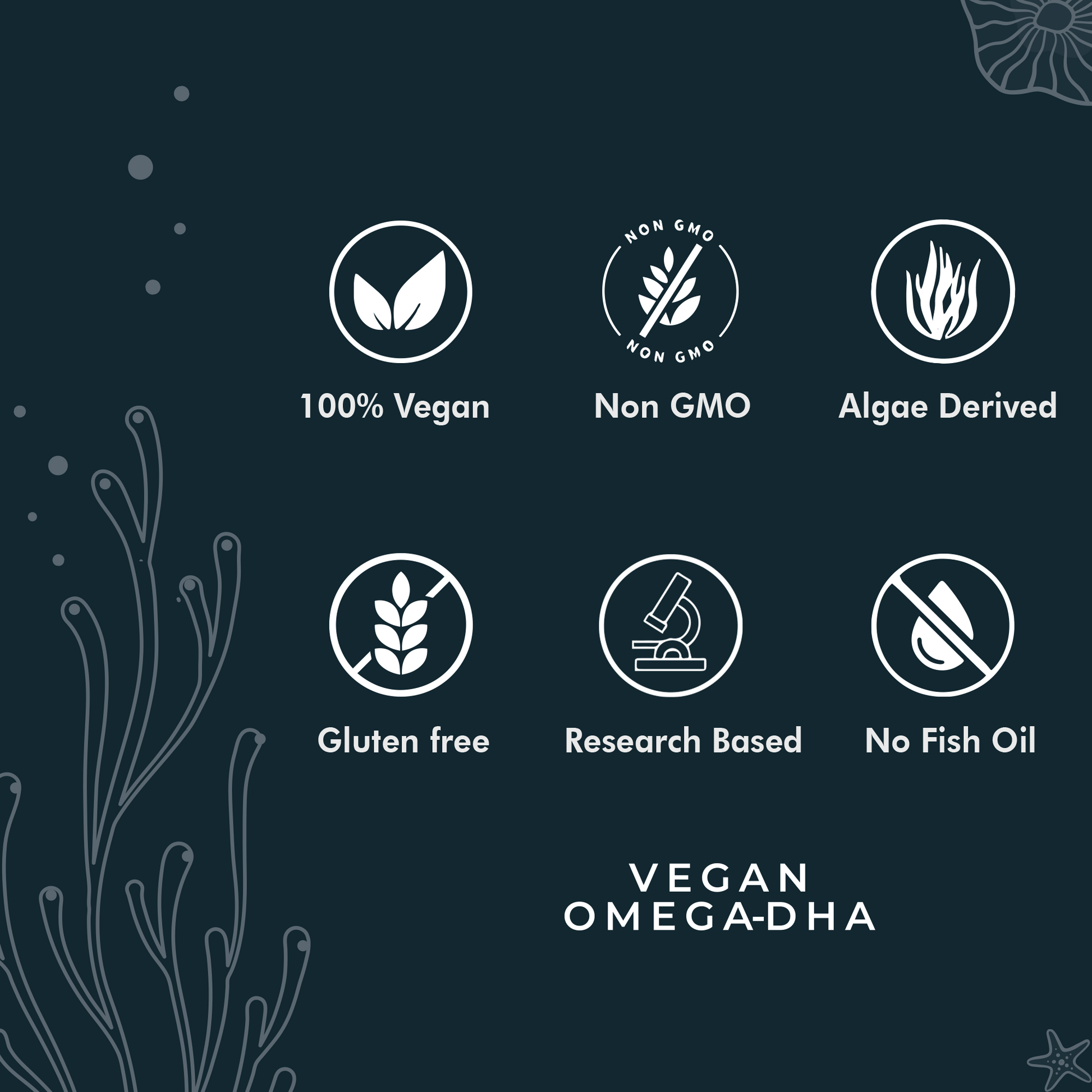
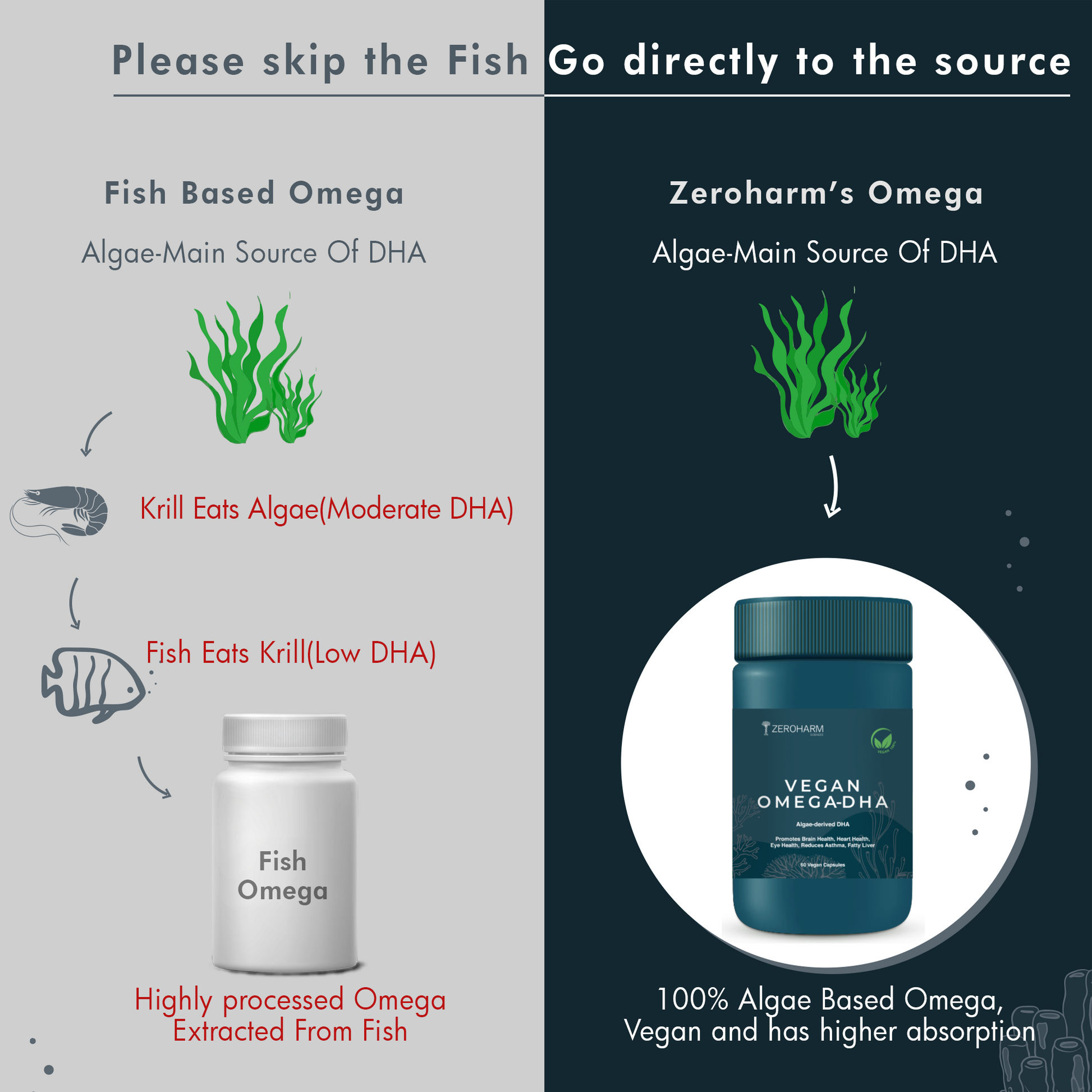
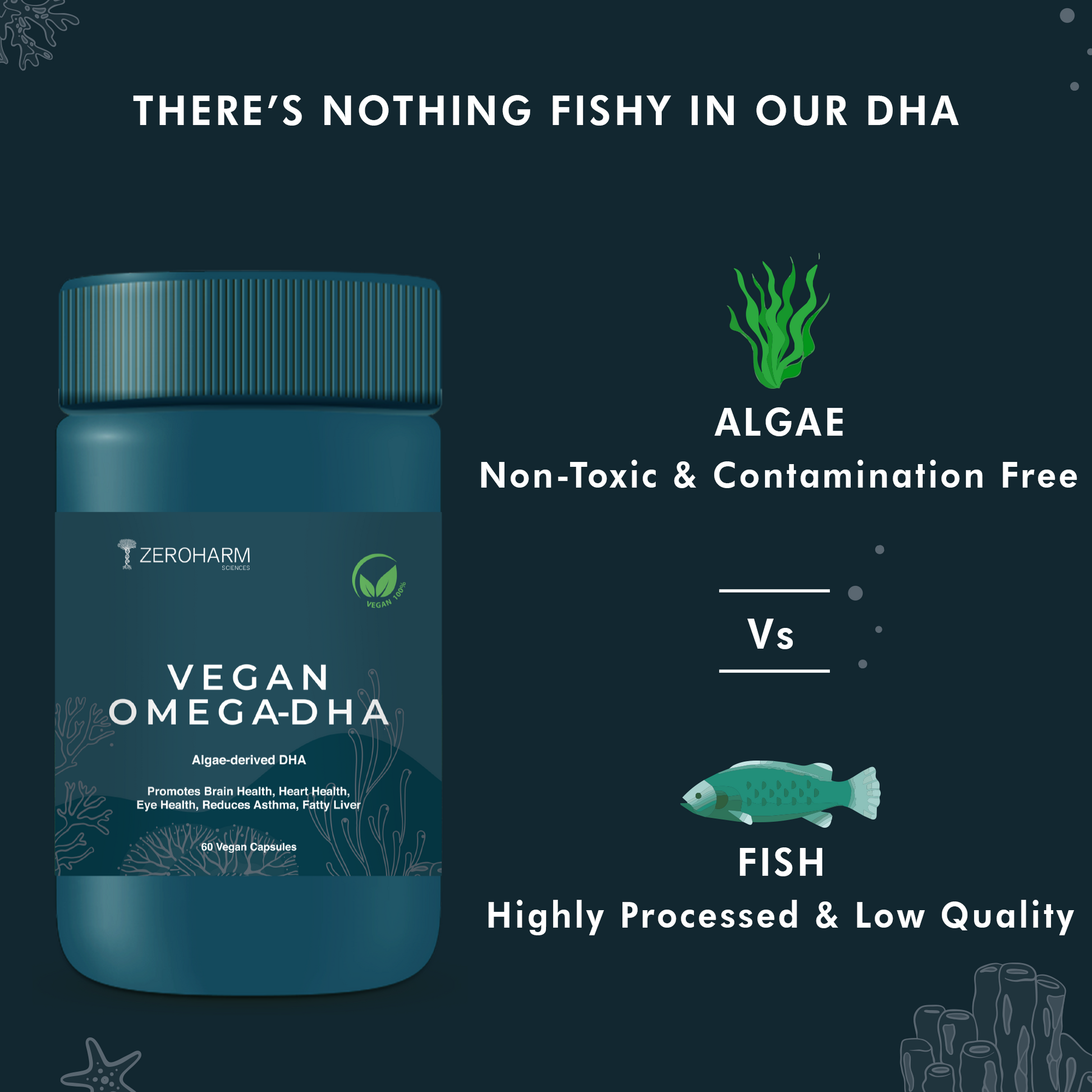
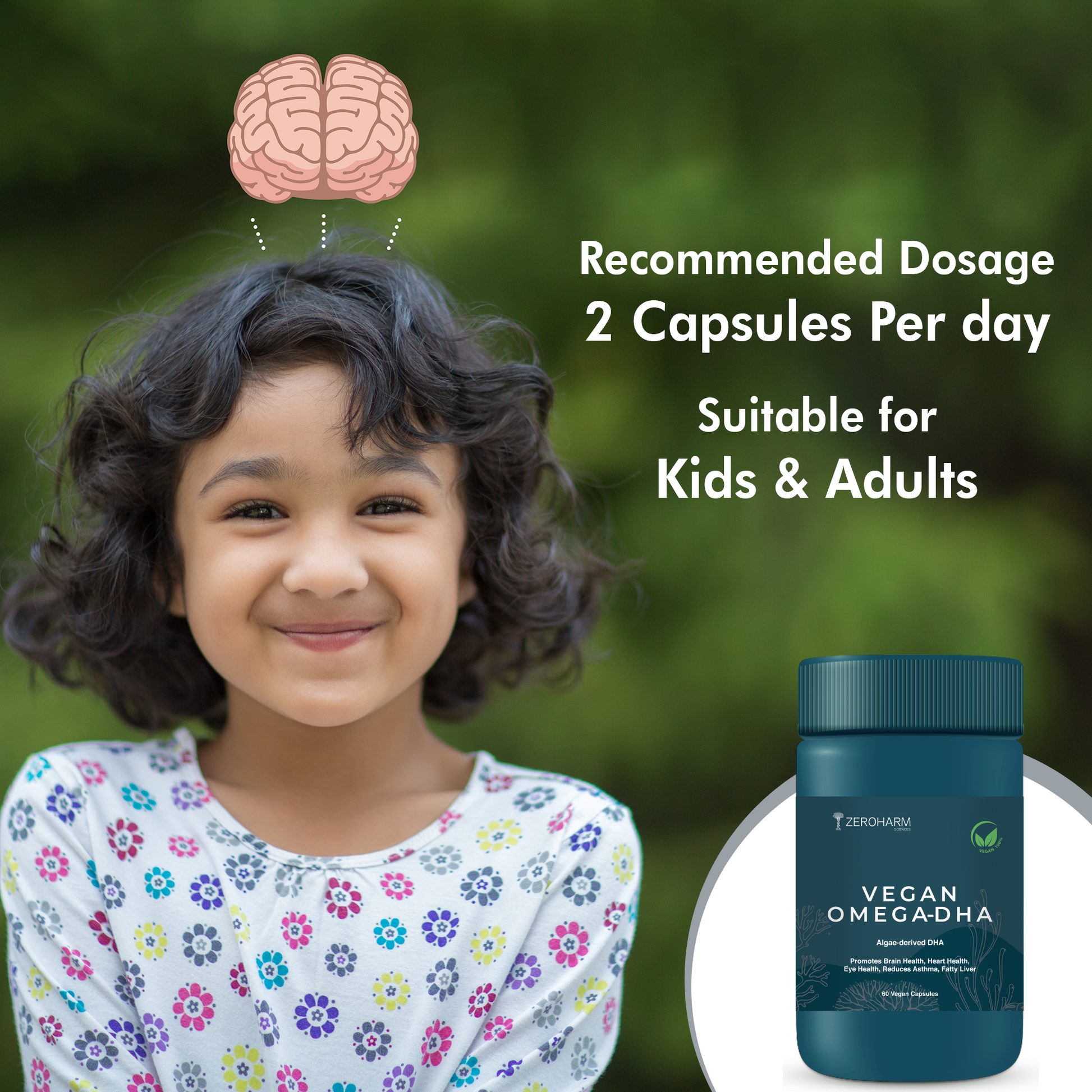
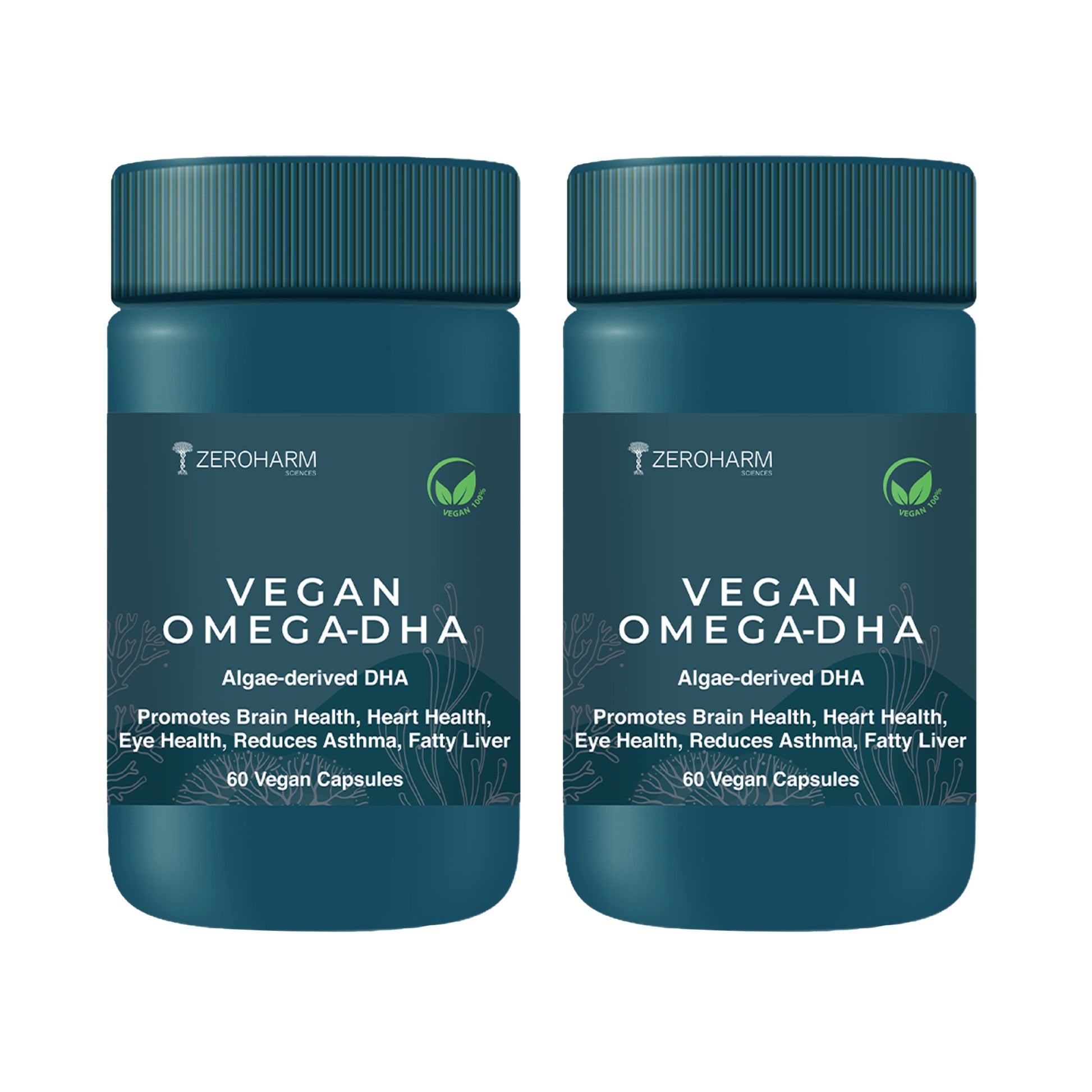
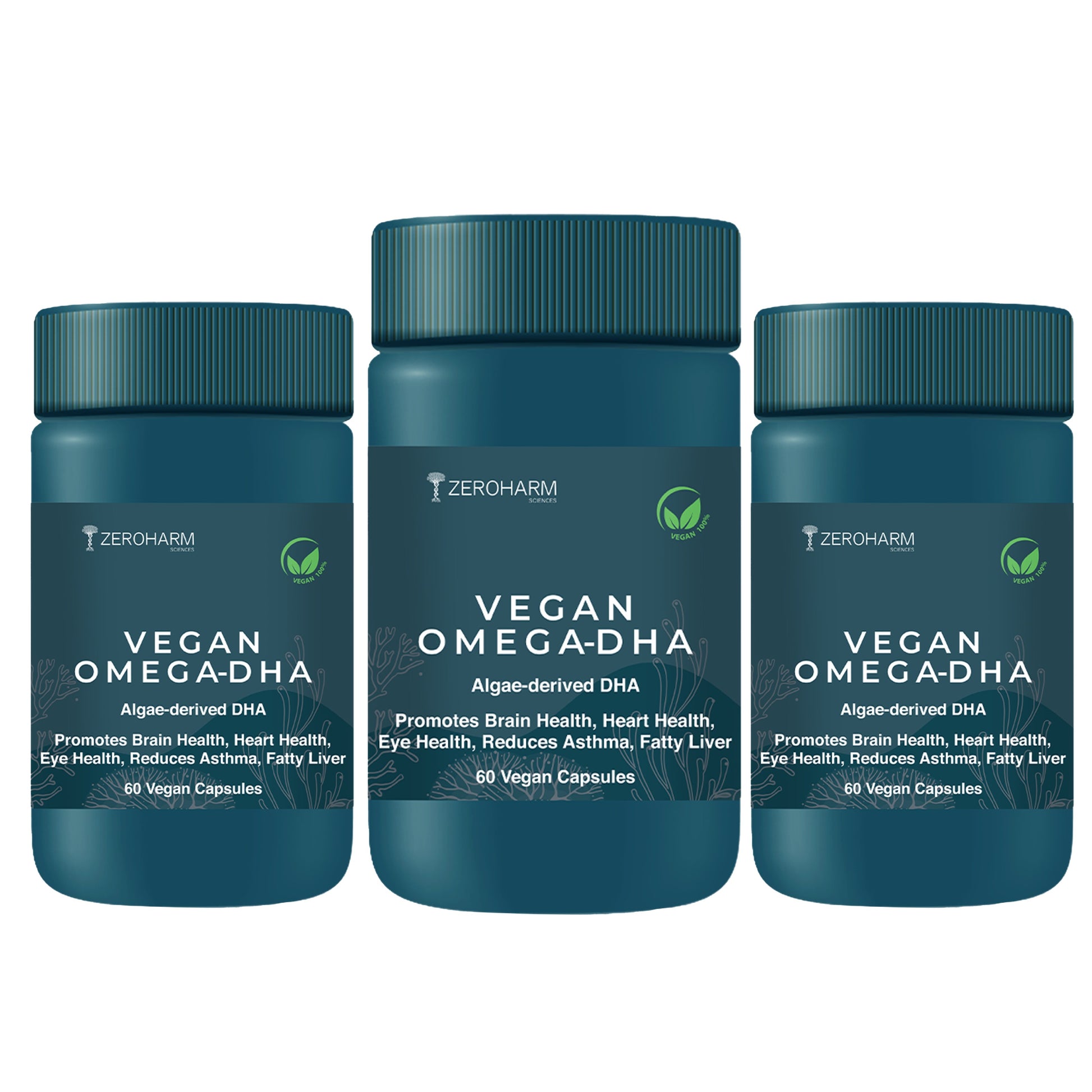
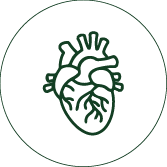 Maintains Heart Health
Maintains Heart Health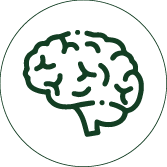 Maintains Brain Health
Maintains Brain Health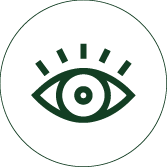 Maintains Eye Health
Maintains Eye Health Promotes Health Status Of Children
Promotes Health Status Of Children







